Reading Time: 20 mins
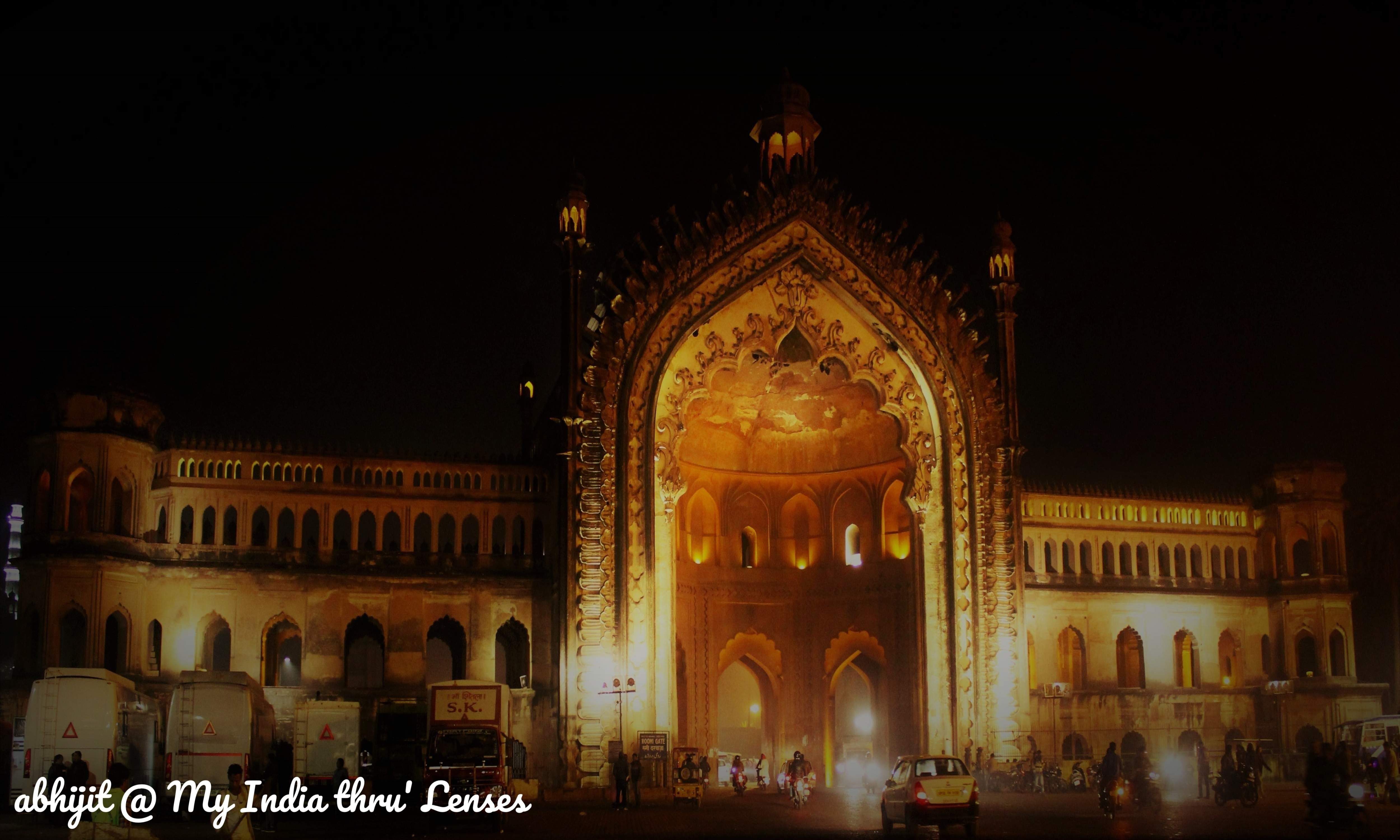
“Agar Aap Tehzeeb aur Nazakat se Ittefaqq Rakhte hain, Beshaq Muskuraiye Ki Aap Lucknow me hain!”
The Charbagh Railway Station of Lucknow welcomes you with these wonderful lines in Urdu, which mean: “If you are intriguing with etiquette & elegance, smile while you are in Lucknow". You would, however, never be able to correlate the city with ‘etiquette’ or ‘elegance’ at the first instance, as you move through the narrow, shabby & overcrowded streets of the city, but believe me, when you roam around the city (especially old Lucknow) for quite a while, you would realize that the above lines are not at all exaggeration.
Lucknow, the capital of the state of Uttar Pradesh, is famous for classic monuments of Islamic and British periods, charming bazaars, crowded streets and delicious cuisines. Above all, the city possesses a remarkable history. Lucknow rose to its prominence in the mid-18th century when it became the capital of province of Awadh (Oudh) in colonial India. While you walk through the narrow streets competing with the auto rickshaws and other vehicles, step aside and look up for a while - the age-old buildings, with intricate design but faded colour, will remind you of the glorious past of Lucknow – the Constantinople of India which fell in 1857.
As the Mughal power declined, several Muslim states grew stronger and started ruling their respective territories independently. Sadat Khan, a Persian (from Naishapur in Iran) who was earlier into the services of the Mughals, was made the governor of the province of Awadh (Oudh) in 1732. Soon he assumed the title of Nawab and from Sadat Khan onwards the ‘Nawab’ titles were hereditary. Although a token tribute was sent to Delhi by them each year, the Nawabs ruled the province of Awadh independently. In 1775, the capital of Awadh was transferred from Faizabad to Lucknow.
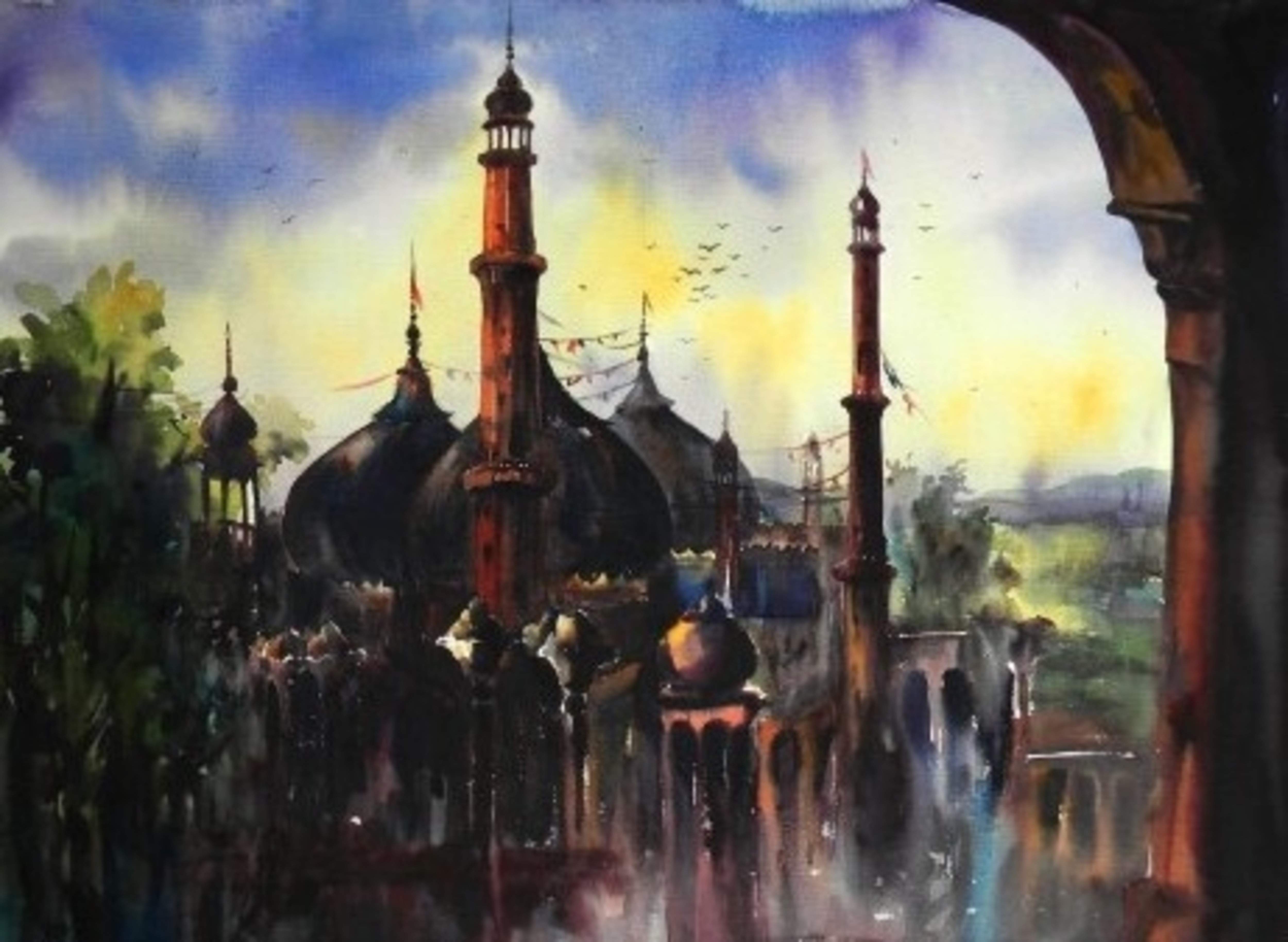
The Nawabs were great patrons of the culinary and other arts, particularly dance & music. Quite obviously, the capital city Lucknow became the ‘City of Nawabs’ and earned huge reputation across the world for its culture, gracious living and rich cuisine. The Nawabs introduced their language, fashions, etiquette and architecture. Their aesthetics transformed the city’s landscape, as William Dalrymple, in The Age of Kali, mentions about the craftsmanship brought to the city: “artisans from Tashkent and Samarkand, masons from Isfahan and Bukhara”, who went beyond the “pure lines of the great Mughal golden age”.
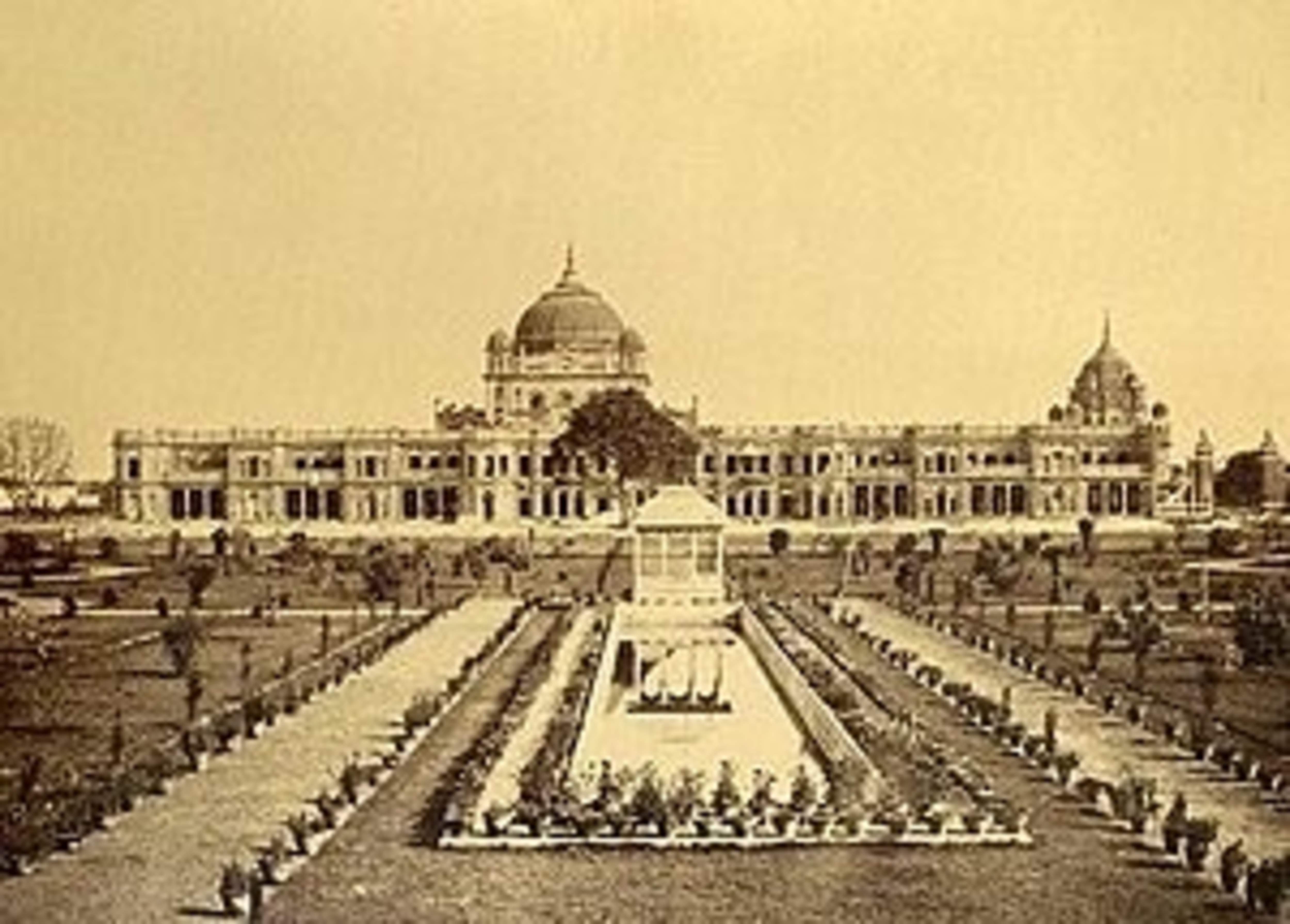
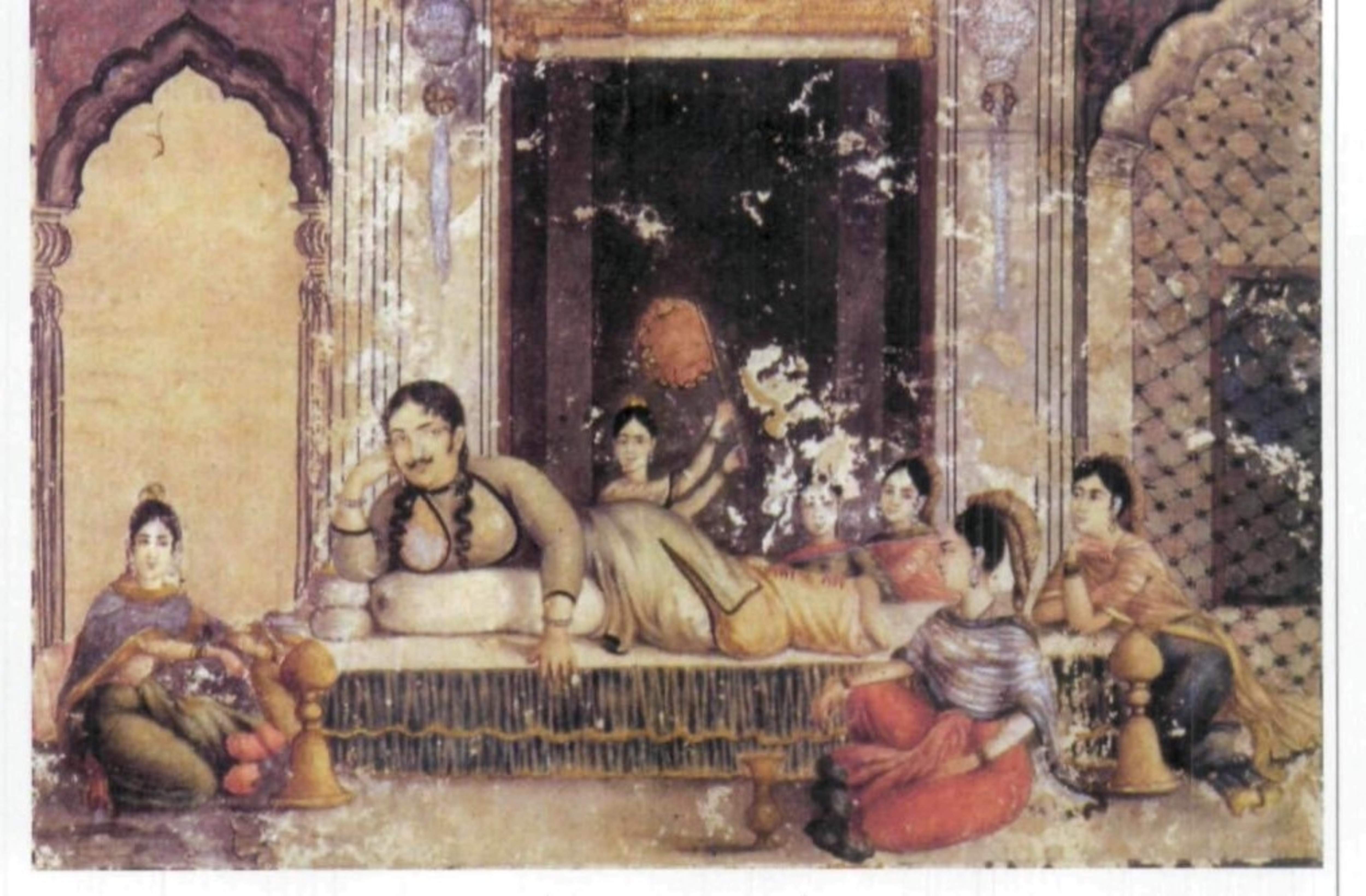
However, the glory of Awadh didn’t last for a very long time. With the expansion of British East India Company, Awadh slowly started losing its independence. During India’s First War of Independence in 1857 the City was sieged by the Indian Soldiers for almost 6 months, which is famous in history as the Siege of Lucknow. It was followed by a brutal recapture of the city by the British who treated the mutineers with utmost cruelty to ensure that such a revolt would never occur in future. Several people were killed. Large parts of the Lucknow city were simply pulled down. Several buildings & structures were demolished and looted including Kaiser Bagh palace, the palace of Wajid Ali Shah, the last Nawab. Wajid Ali was imprisoned and deposed to Calcutta, the then British Headquarters and the state was annexed to British. With that the grandiosity of Lucknow faded. The city that the contemporary visitors used to compare with Vienna & Paris, could never regain its lost beauty.
Read the Full History and about the Siege of Lucknow -> The British Residency & Siege of Lucknow
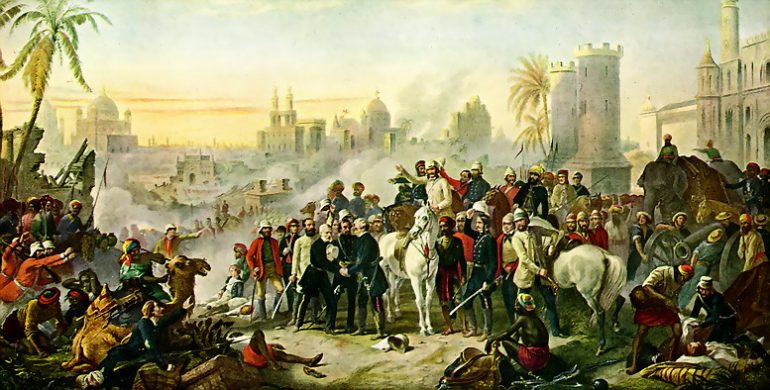
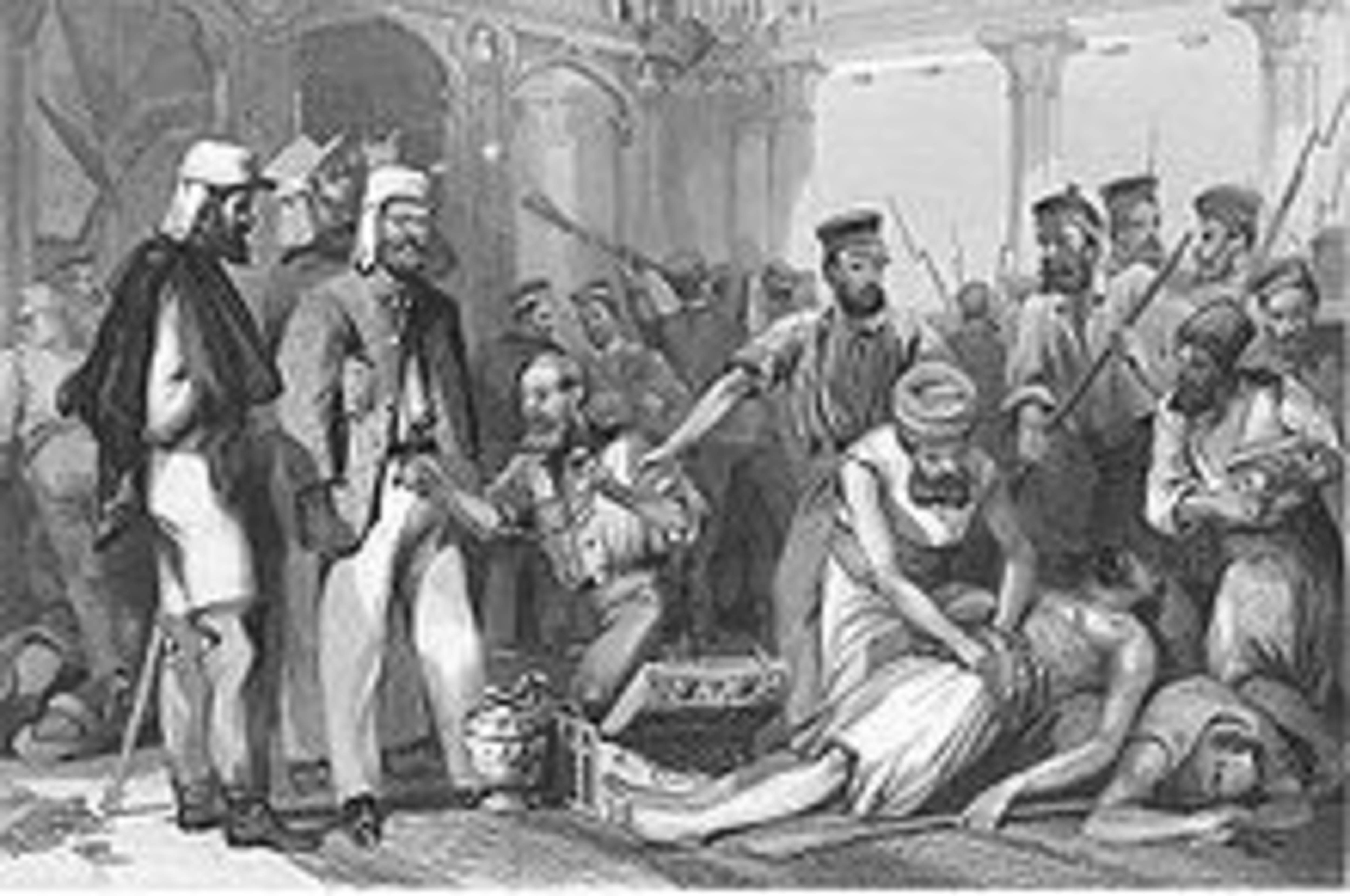
Present-day Lucknow is divided into old Lucknow and new Lucknow. While new Lucknow is a well-planned modern city, the history remains with old Lucknow, where even now you can feel its faded grandiosity. Two full days are enough to see all the places of Lucknow, however, if you want to have a feel of the city you should have at least 3 days in hand. Following is a list of the top things if you plan a visit to Lucknow.
1. Visit the Bara Imambara
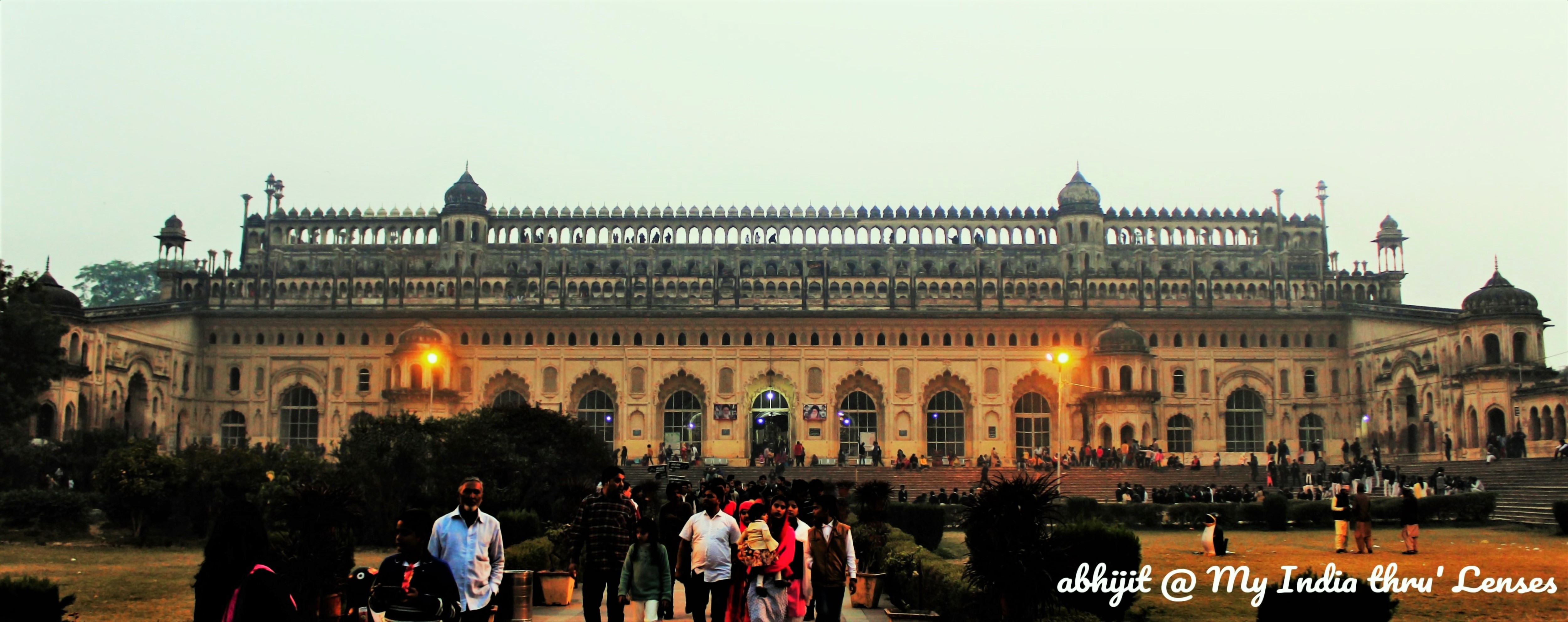
The Bara Imambara (aka Asafi Imambara) is a sacred place of worship for the Shia sect of the Muslims primarily used during Muharram. It was built by Asaf-ud-daulah, the then Nawab of Awadh with the objective of providing employment to the people during a famine that struck in 1784. Bara Imambara was designed by Kifayatullah, an Iranian Architect from Delhi and it is said that the project employed around 20000 people. The construction was completed in 11 years.
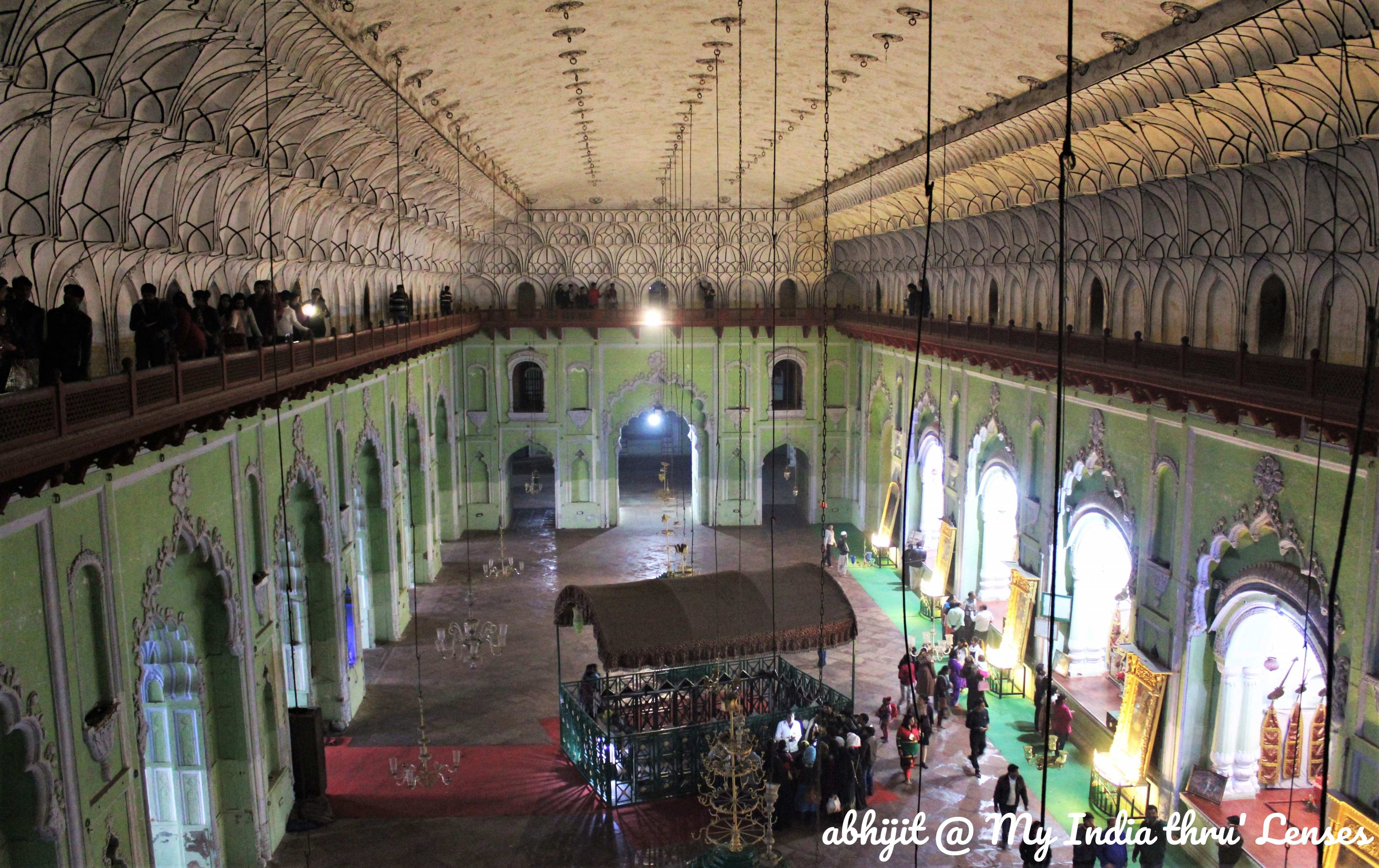
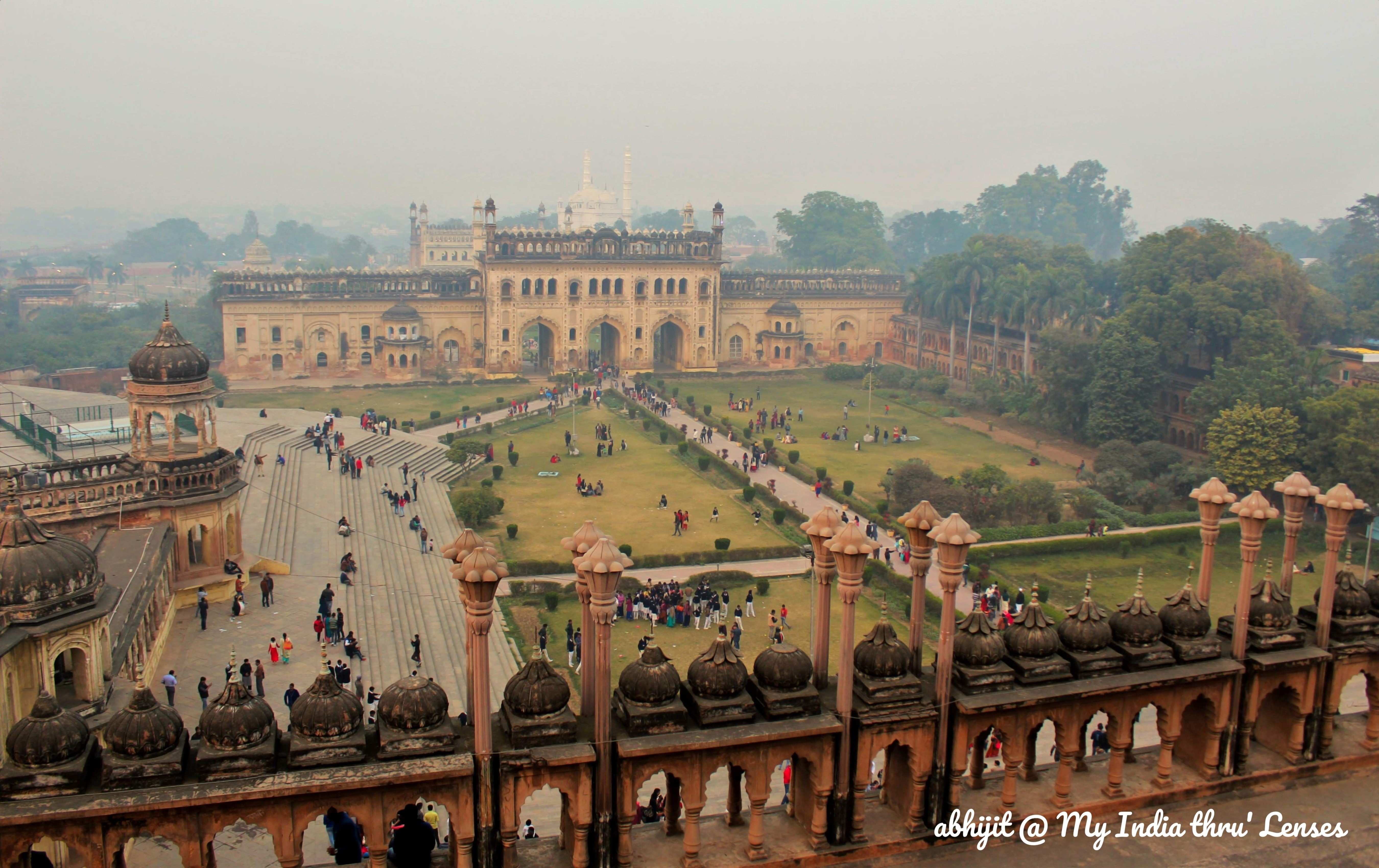
The Bara Imambara complex comprises two levels of entrances, a few lawns, the Asifi Mosque, the Shahi Baoli and the Main Imambara Building. The Main building has a large central hall containing the tomb of Asaf-ud-daulah. The hall is one of the largest arched structures of the world constructed without the support of columns or beams. The entire weight is balanced by the arched doors, windows and corridors.
2. Take a guided tour of the amazing maze – Bhool Bhulaiya (the Labyrinth)
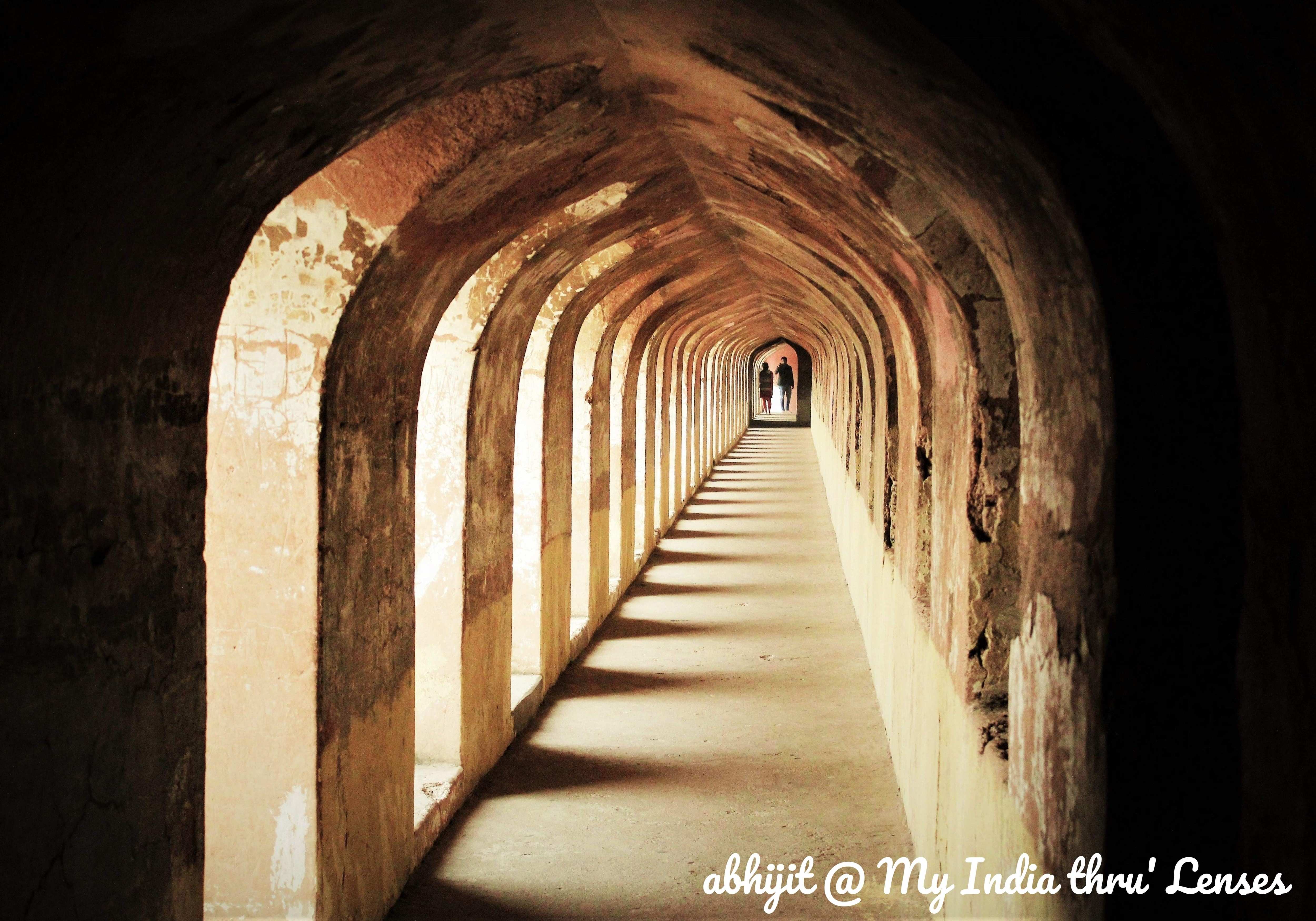
The most wonderful part of the Bara Imambara building is the Bhool Bhulaiya - a network of several interconnected passages with around thousand similar looking doors creating a labyrinth. Some of the passages take you to the roof and some of them to the windows, however, most of them end up nowhere but another passage, creating enough confusion for a new visitor to get lost inside. Hence the name Bhool Bhulaiya. It is advisable not to enter without a guide unless you are a well accustomed repeating visitor.
There are several stories behind its creation, but this is actually a by-product of construction of the large central hall of Bara Imambara. As it was constructed without any column or beam, the roof and part of side walls were made hollow leading to this maze-like structure. So, hire a guide, take a tour of the maze and reach the roof top of the Bara Imambara. The view of the entire complex from the top is awesome.
3. Hunt for the lost treasure at Shahi Baoli
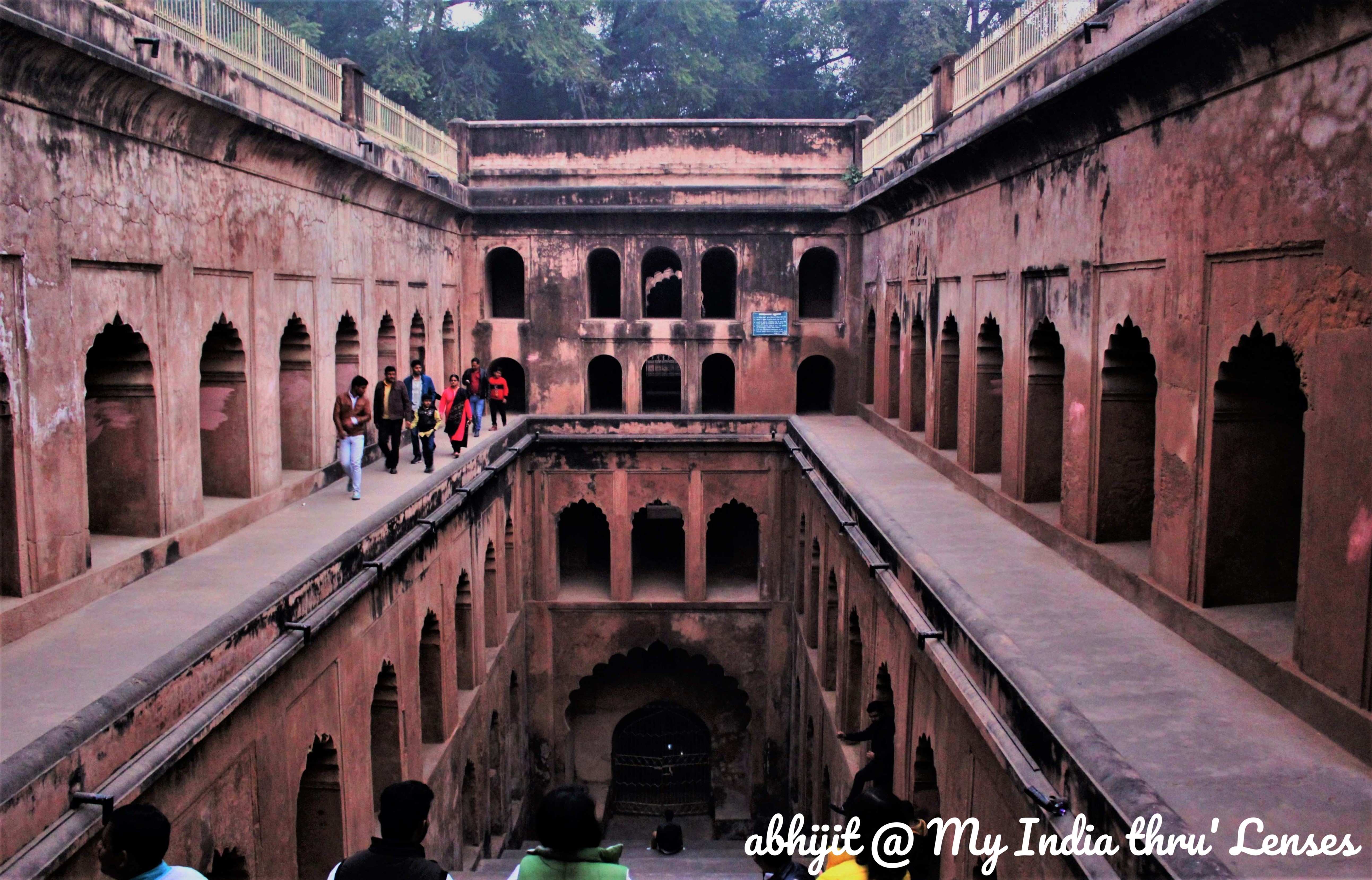
Shahi Baoli or the Royal Step-well was constructed around a large well that had been initially dug to serve as a reservoir for storing water during the construction of Bara Imambara. The well, however, turned into a perennial source of water because of its underground linkage with nearby Gomti river. Nawab Asaf-ud-daulah, who was fond of constructing innovative buildings & structures, completed construction of the Baoli in 1784. The fabulous structure also served as Shahi Mehmaan Khana (Royal Guest House), which hosted various royal guests, such as, Warren Hastings. The coronation ceremony of Wazir Ali, son of Asaf-ud-daulah and the fifth Nawab of Awadh, also took place there.
Only a small portion of the Baoli exists today in the form of a double-arched gate followed by open staircases leading to the well below. Surrounding the staircases are five storied structures interconnected by corridors giving a gallery like shape. It’s believed that there exist two more stories below the ground level, which are inaccessible now. The well is super deep (~163 ft) and contains water even today, but it’s covered with algae.
It’s believed that the Nawabs stored their treasure somewhere inside the walls of Bara Imambara, the Bhool Bhulaiya, the tunnels or somewhere else. There was a map showing the way to the treasure. When the British forces were approaching Lucknow during the uprise in 1857, the map and the keys were thrown into the well of Shahi Baoli by the treasure keeper, Mool Chand Rastogi, who later committed suicide. The treasure was thus lost for ever.
4. Take some snaps of the picturesque Asafi Mosque
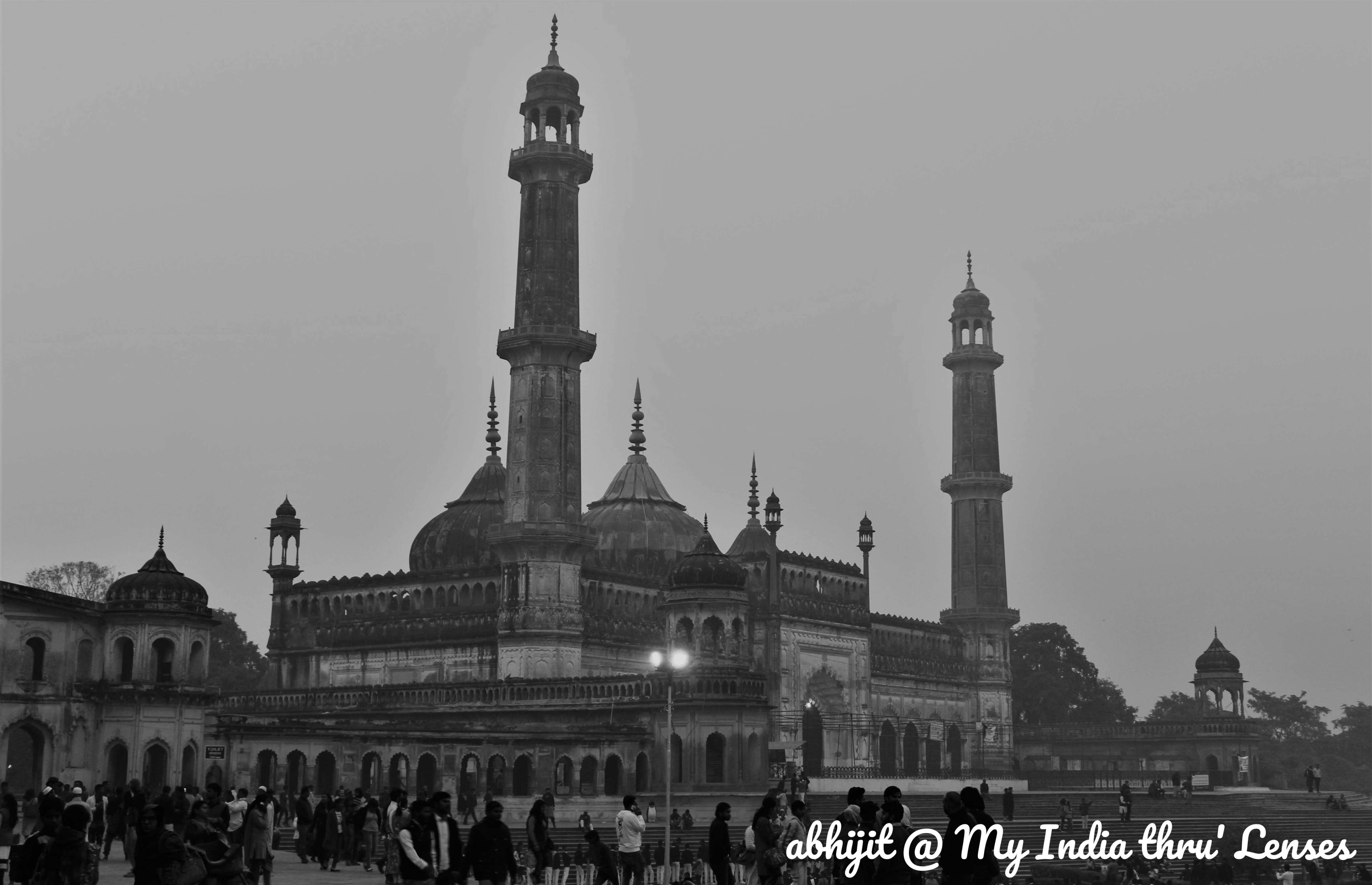
Towards the north-west of the Bara Imambara (right hand side when you enter the Imambara complex) stands the Asafi Mosque, one of the most attractive and picturesque monuments. It was built by Nawab Asaf-ud-Daulah before the Bara Imambara and immediately after the capital of Awadh was transferred from Faizabad to Lucknow in 1775. The design of this three-domed mosque was also done by Kifayatullah. The mosque has octagonal minarets elevated to a height of 153 ft. The mosque possesses two large prayer halls. Each of these halls has eleven arched doors at their facades.
There is a sing board just outside the mosque stating that “Non-Muslims are not allowed inside”. One can get a clear view of the mosque from the top of the Bara Imambara, where you have to reach through the Bhool Bhulaiya.
From 1857 to 1884, both the Bara Imambara and the mosque were defiled by the British when they used these to store guns, canons and gunpowder. Towards the end of 19th century, however, namaaz re-started at the mosque.
5. Revisit the memories of 1857 at the British Residency

The British Residency (aka Lucknow Residency) is the silent witness of the Sepoy Mutiny or India’s First War of Independence in 1857. Each and every brick of the ruined structures here speaks about the war fought, the valour shown and the pain suffered by the soldiers during the great uprise.
Sprawling over an area of ~33 acres, the Residency was built during the period 1780 – 1800. Nawab Asaf-ud-daulah started its construction to house Sir Lawrence Henry, the British resident in the court of Awadh. The construction was completed by Nawab Sadat Ali Khan, the successor of Asaf-ud-daulah. With erection of various other buildings, the Residency gradually turned into a British settlement. During the mutiny, almost all the Britishers of Lucknow took shelter in this residency. The Indian soldiers sieged the Residency blocking all the ways and cutting the supplies. The siege continued for almost 6 months till British General Collin Campbell arrived with a huge force relieving the inhabitants out of the Residency.
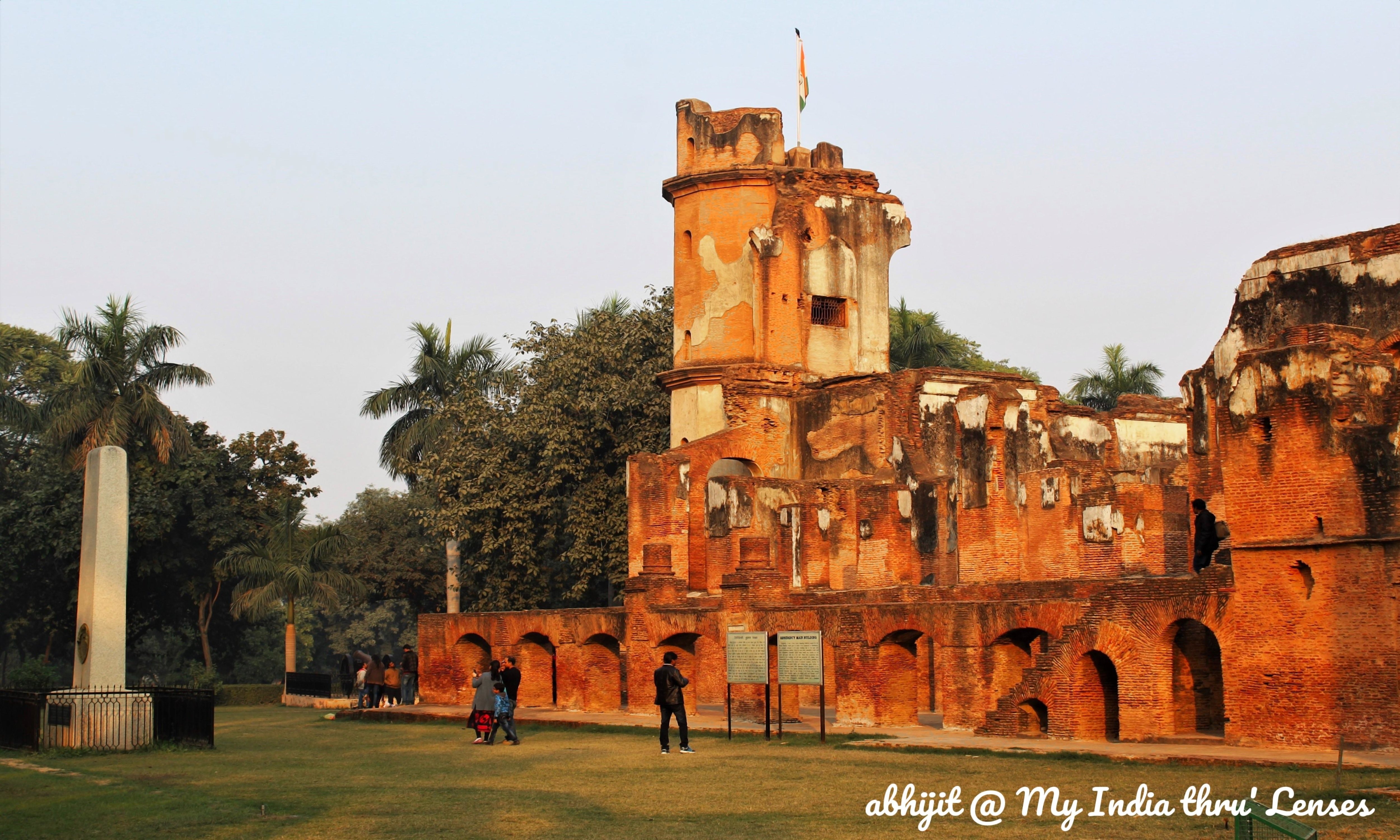

There were several buildings inside the Residency whose ruins you can observe: The Main Building, the Banquet Hall, Dr. Fayrer’s House, Begam Kothi, the Mosque and the war cemetery. While roaming around you will notice the cannonball marks on the walls of the structures. The site is currently well maintained by Archaeological Survey of India. The 1857 Memorial Museum is also a must-see. Finally, do spend some time relaxing on a bench within the Residency complex – the tall trees, the lush green lawns and the sunlight falling on the dilapidated brick structures will take you, for a while, back to the mid-19th century.
Read the History of British Residency and the Siege of Lucknow in 1857->The British Residency & Siege of Lucknow
6. Drop at the Rumi Darwaza – the icon of the city of Lucknow
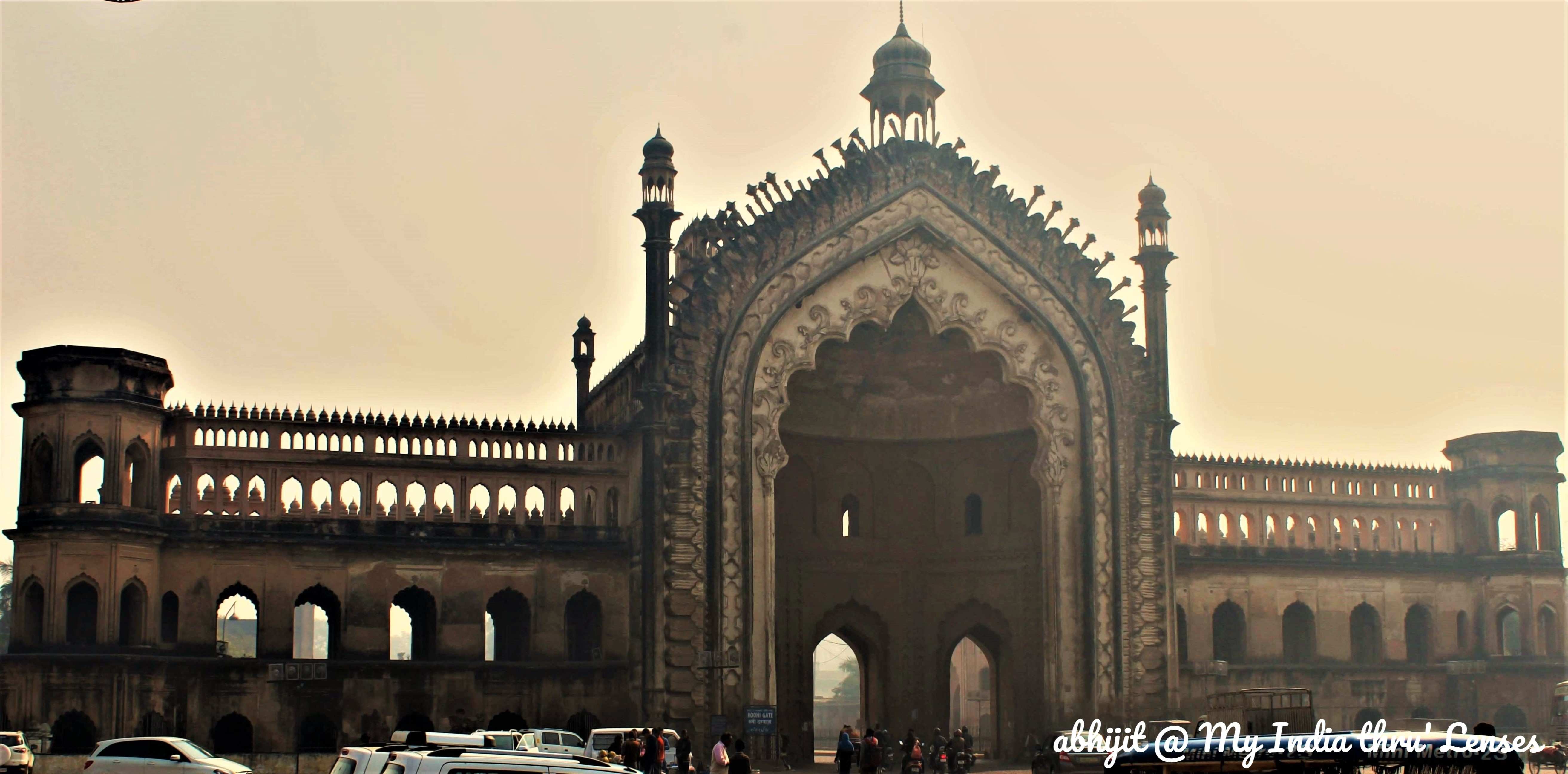
The Rumi Darwaza is a magnificent gateway built under the patronage of Nawab Asaf-ud-daulah in 1784. It is also known as ‘Turkish Gateway’ since it is said to be highly inspired by the Sublime Porte in Istanbul, Turkey. The word "Rumi" is believed to be derived from “Rome”, as Istanbul or ancient Constantinople was the capital city of Eastern Roman Empire (aka Byzantine Empire). However, some historians say that it is named after a 13th century Muslim Sufi mystic, Jalal ud-Din Md. Rumi.
The 60 ft tall massive gateway is an example of Awadhi architectural style. The uppermost part comprises an octagonal Chatri or Umbrella that can be accessed by a staircase. On top of the Rumi Darwaza, there were provisions to keep a huge lantern to light up the structure at night. Provisions were there for water to come out of the sides of the arch from beautifully carved flower buds.
Rumi Darwaza was constructed to mark the entrance to the city of Lucknow. Later it was used as an entrance to a palace which was demolished by the British. The historic City of Nawabs has now become old Lucknow. Thus the gate today lies at the border of old Lucknow & new Lucknow and a very busy street runs through it. The fascinating gateway has now become a logo for the city of Lucknow.
7. Visit the ornate Chhota Imambara
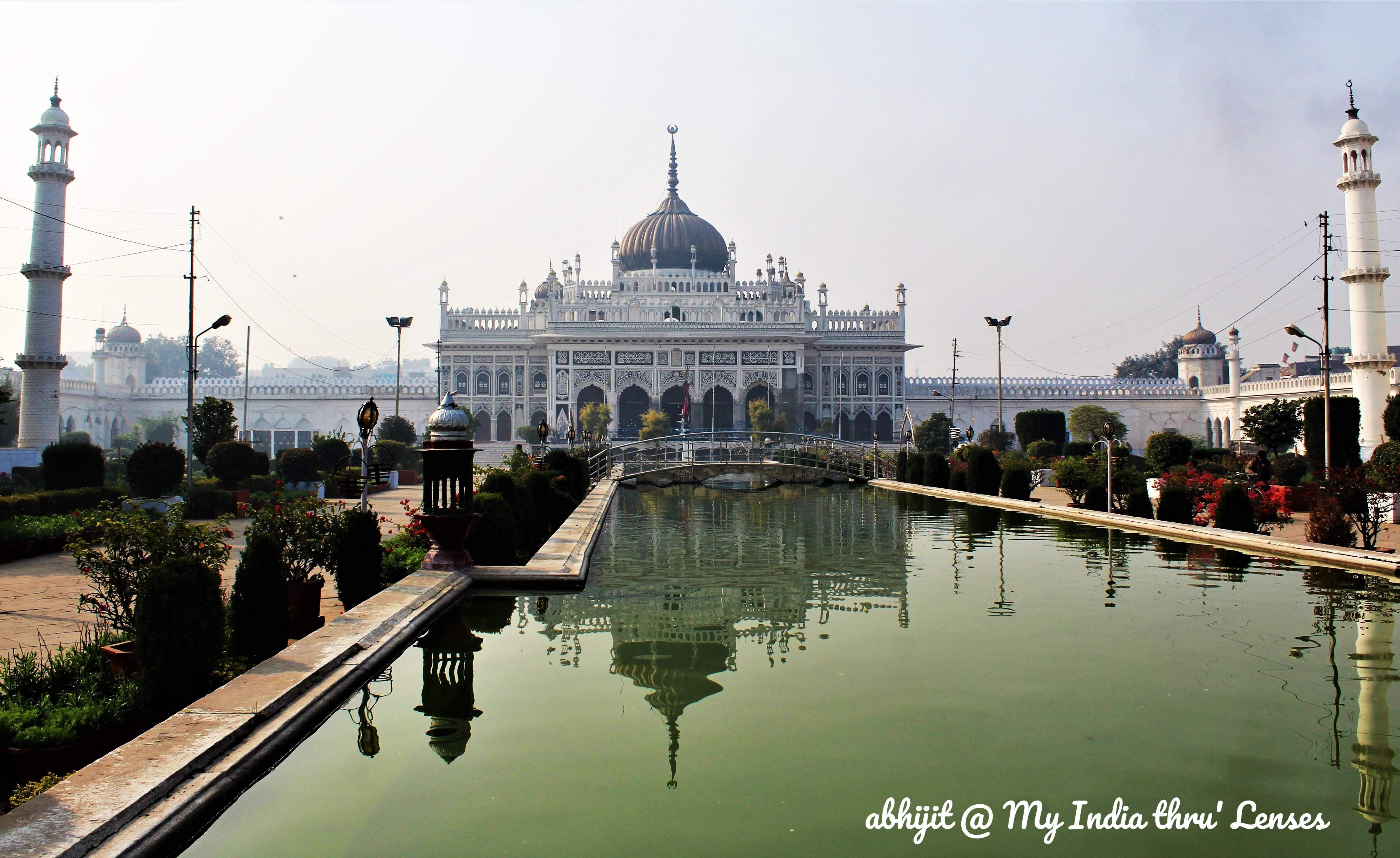
Chhota Imambara (aka Hussainabad Imambara) was built in the year 1838 by Nawab Mohammad Ali Shah. It is situated near the Chowk area of Old Lucknow. It is much smaller than the Bara Imambara and hence the name (‘Bara’ meaning Big and ‘Chhota’ meaning Small). Similar to Bara Imambara, it was also built during a famine to provide a source of income to thousands of labourers who worked for its construction.
The Chhota Imambara Complex is also much smaller than that of the Bara Imambara. In addition to the Main Building, the Chhota Imambara Complex encompasses a few minarets, turrets and nicely decorated courtyards. The Main Building is, however, more ornate in design with its gilded white dome and several turrets based upon the Charbagh pattern. The extensive use of glass work reflects Persian style of architecture. The walls are inscribed with Arabic calligraphy. The interior is beautifully decorated with Chandeliers said to be imported from Belgium, gilt-edged mirrors and colourful stuccos. Chhota Imambara is also called the Palace of Lights as it is illuminated during the festivals.
The Imambara is also the mausoleum of the Nawab – it houses the tombs of Muhammad Ali Shah and other members of his family.
8. Watch the grand portraits of Lucknow Nawabs in Hussainabad Picture Gallery
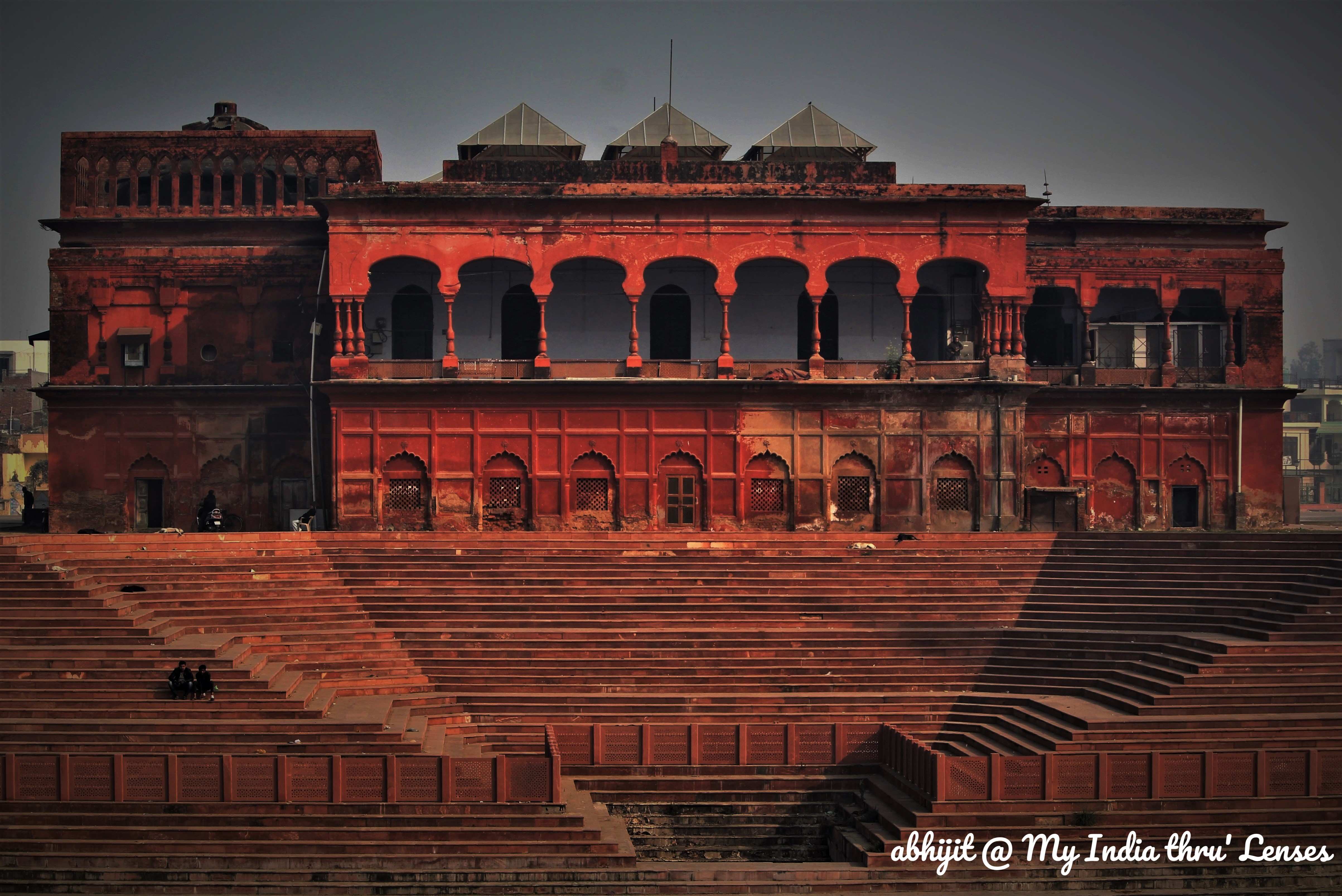
In 1838 Nawab Mohammed Ali Shah constructed a double storeyed brick building, which is referred to as a Baradari (having 12 doorways) in contemporary accounts. The Baradari has a big talaab (water tank) in front of it with two hammams (bath) at the corners. A small mosque and a Mina bazaar (mini market) were also constructed adjacent to the Baradari. The Baradari served the purpose of Royal Summer House.
Presently a picture gallery is housed in a small part of the Baradari. Basically, it’s a huge room that displays various portraits of the Nawabs of Lucknow. Most of the pictures were painted between 1881-1885 by the visiting European artists [Harrison, Dawling and Gravet among others]. The portraits indicate contemporary grand costumes and jewelleries used by the Nawabs. There are 9-10 life size portraits that have 3D effects causing optical illusion. There are 9-10 life size portraits that have 3D effects causing optical illusion. For e.g. if you look towards the face of the huge painting, the face appears directly looking upon you. If you change your position within the room, the direction of Nawab’s face also appears to change to follow you throughout. Great 3D effect created in those days.
However, neither the Baradari nor the picture gallery is not well maintained at present. The road towards the entrance is unclean with garbage lying here & there. The picture gallery doesn’t have proper details written anywhere and you will be forced to take a guide.
9. Spend a few minutes at the Clock Tower
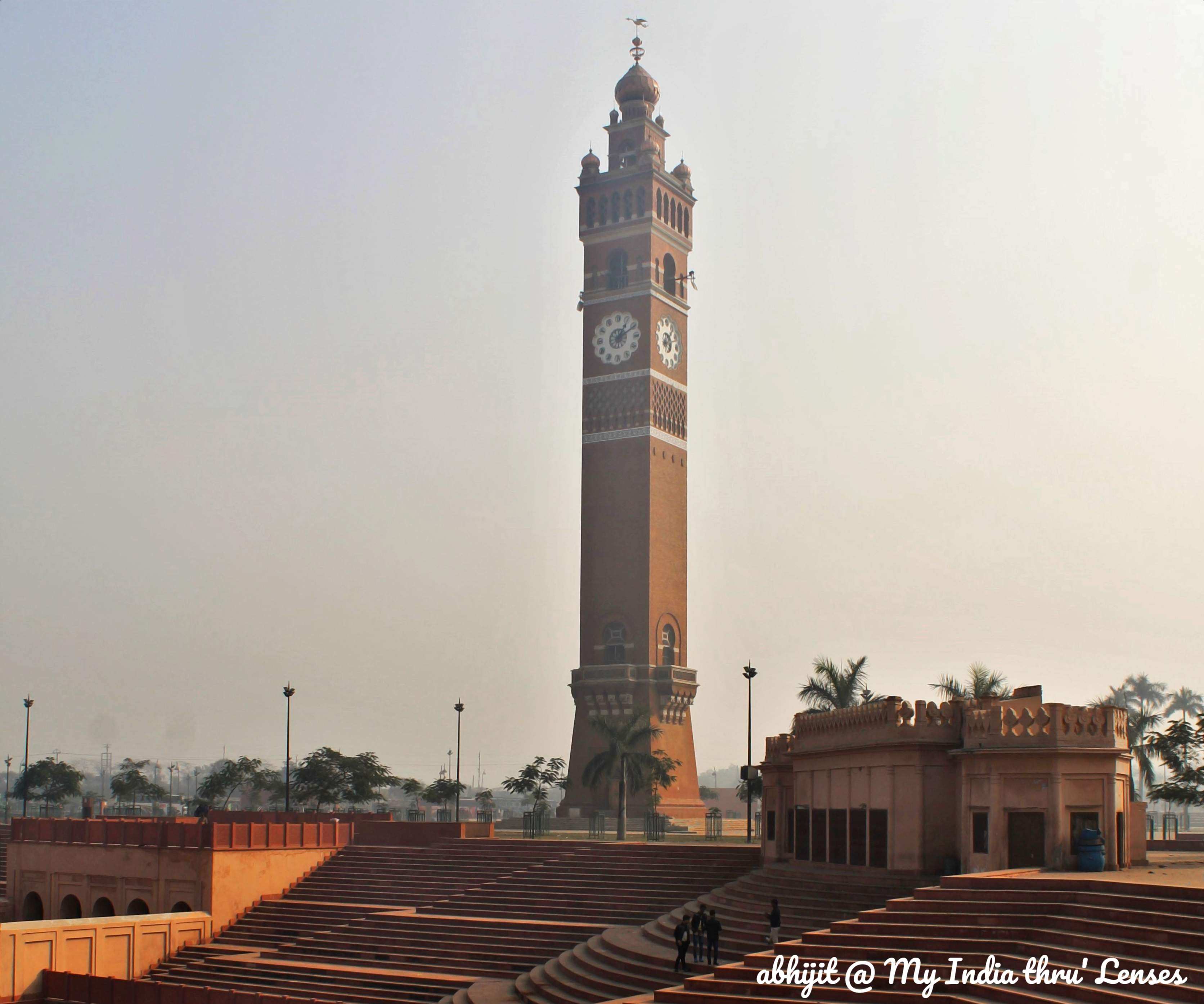
The British, during annexation of Awadh, made a lot of additions & alterations to the capital city Lucknow and the Hussainabad area was no exception. Close to the Baradari complex, there used to be the Daulat Khana (Treasure House) of Nawab Asaf-ud-Daulah. The British destroyed the Daulat Khana and built a 67 metre (220 ft) tall Clock Tower, probably, as a symbol of their superiority. The construction of this Clock Tower was actually funded by the Hussainabad Endowment Trust, which was then under their control. Built in 1881, this Clock Tower was designed by Roskell Bayne in Victorian Gothic style. According to Philip Davies (author of Monuments of India), it carried the largest clock in India.
10. Pass by the incomplete Satkhanda
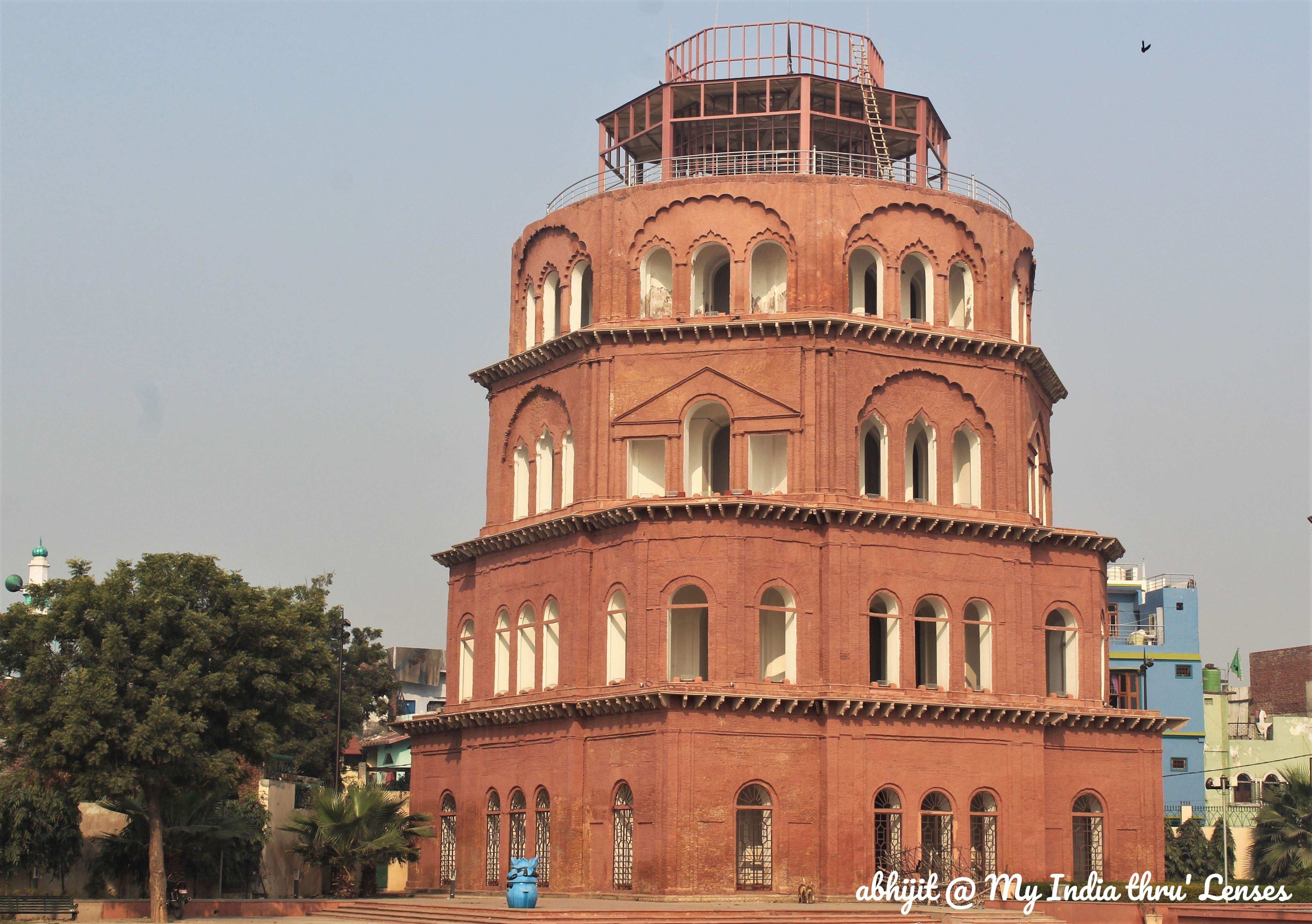
Satkhanda (meaning 7-storeyed) is a red-brick building that was initially planned as 7-storeyed, but could be completed only up to 4 storeys when the construction was abandoned. The Picture Gallery, the Clock Tower and the Satkhanda – all are closely located in the same area and you will find the Satkhanda on your left-hand side on the way towards Picture Gallery.
Mohammed Ali Shah started its construction as a watch-tower to have a bird’s eye view of the Lucknow city. Alternatively, it is said that the Tower was constructed to view the moon during Eid. Local people also say that the construction of this structure was stopped as the Nawab had hurt his leg while climbing the stairs of this structure during the construction.
The architectural design of the Tower is largely influenced from ‘The Leaning Tower of Pisa’. It is a blend of Greek and Islamic architecture - the framework reflects Greek structural design whereas the arches show influence of Islamic design. Each storey of the Tower is octagonal shaped and successive storeys are in the decreasing order of height & breadth. The tower has numerous huge windows and compartments.
11. Non-vegetarians must try Galouti Kabab – the melt-in-mouth delicacy
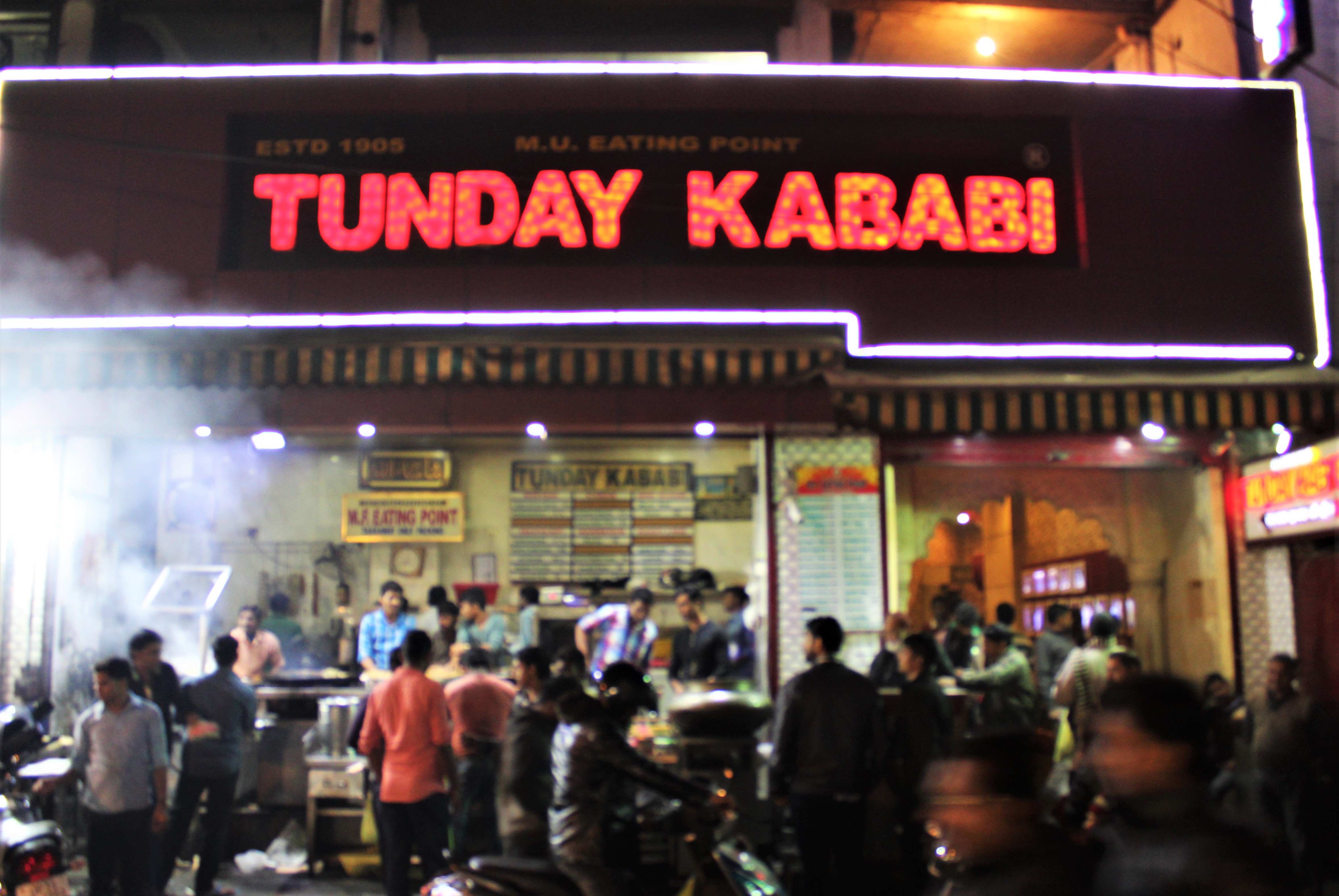
The words “Galouti Kabab” and “Lucknow” have become almost synonymous. Leaving Lucknow without experiencing the taste of this famous delicacy is probably a sin for any non-vegetarian. It is prepared with marinated finely ground meat and mixing unripe papaya and various spices to it. After that it is fried in ghee/oil. The original recipe, however, is said to have a mix of 100+ spices!
While tasting the delicious Kababs, do thank Nawab Wajid Ali Shah and his bad teeth. Here is the story: It is said that the ageing Nawab Wajid Ali Shah once broke a set of his teeth because of the bones within meat. Even after that the food lover Nawab could not resist his appetite for meat. So, the royal kitchen of Lucknow came up with this innovative recipe of boneless and extra soft kababs. Hence the name “Galouti Kabab”, the word “Galouti” meaning “that melts in mouth”. Want to taste? Walk towards the Aminabad area and you will find Tunday Kababi, the 150+ year old restaurant located inside a narrow and overcrowded lane. The not-so-great looking restaurant is very famous in India and across the world (especially in the Gulf) for its mouth-watering kabab dishes. You can taste Galouti kabab either sitting upstairs there or packing and having it back in your hotel. There are two outlets of the restaurant, the other outlet at Chowk area serves beef Kababs. So, visit accordingly.
Read more on Galouti Kabab and its interesting History-> Galouti Kabab: The Melt-in-mouth Delicacy of Lucknow
12. When in Lucknow, buy Chikan...
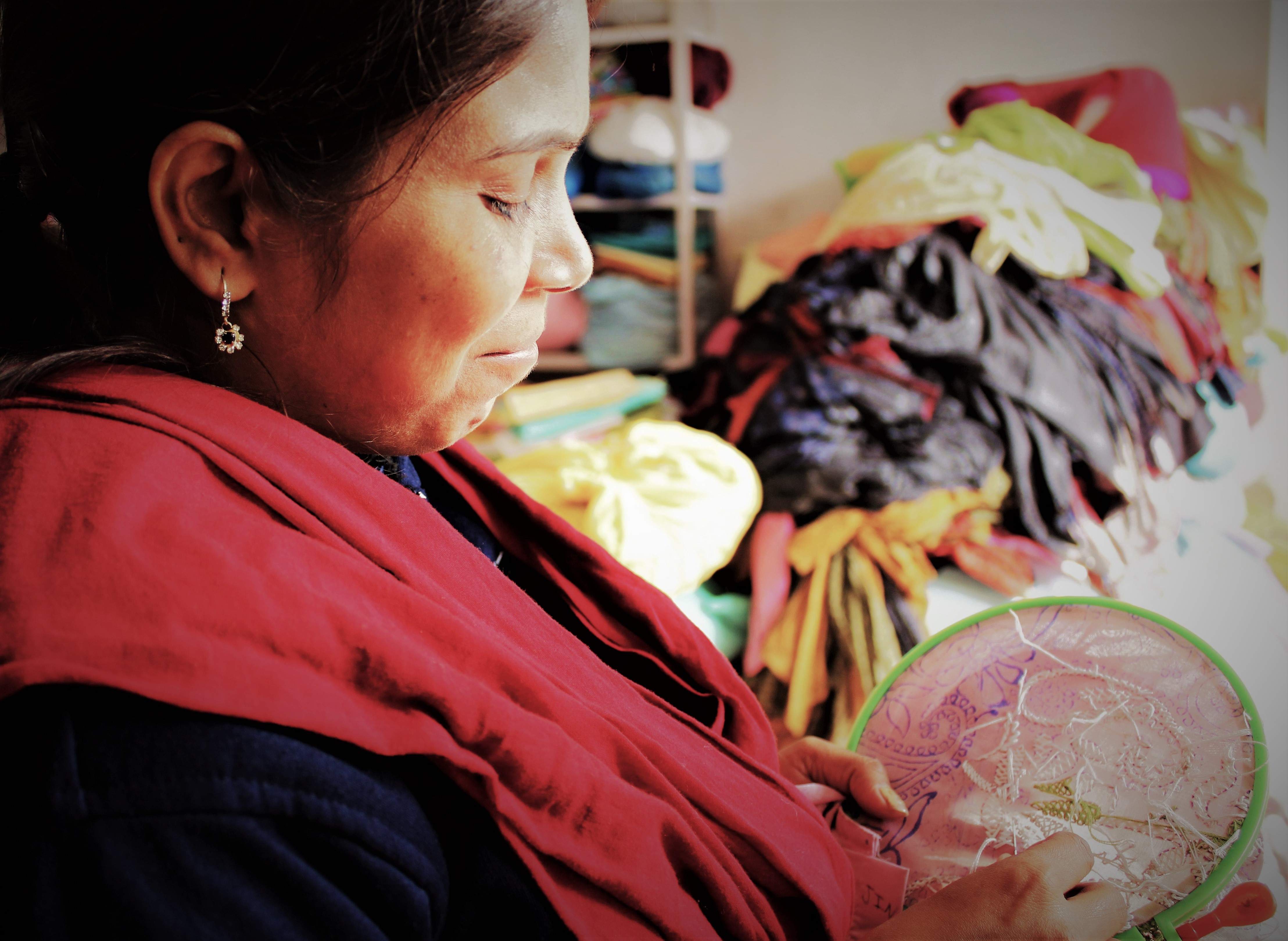
Chikan is a traditional embroidery work that has now become a world-famous textile decoration style. It is believed to have been introduced by Nur Jahan, the wife of Mughal emperor Jahangir in the early 17th century.
Traditionally Chikan is a delicate & artfully done hand embroidery (chikankari), however, machine-made Chikan is also available today. The quality of the craftsmanship depends on how small and intricate the stitches are. It’s easy to differentiate between hand-made and machine-made varieties as the back of a machine-made fabric would be exceptionally neat and uniform compared to the hand-made fabric. Needless to say, that you must shop for the best-quality hand-made Chikan as per your budget.
Lucknow today has become the heart of the industry and the variety is known as Lucknawi chikan. Chowk area is the main market for Lucknawi chikan. You may also walk down to Janpath Market or Aminabad. Although there are several local small to medium Chikan stores, I am mentioning a few big and reliable names: Nazrana Chikan, The Modern Chikan Emporium, Vani Anand, SEWA (Self Employed Women’s Association) etc. You can buy a range of items, such as, table covers, bedsheets, bedcovers, dupattas, lehengas, anarkalis, unstiched suits for men & women etc.
Geographical Indication Registry (GIR) has accorded Geographical Identification (GI) status for chikankari in 2008 recognizing Lucknow as an exclusive hub of the industry.
13. Shop for Attars – the fragrance of the Royals
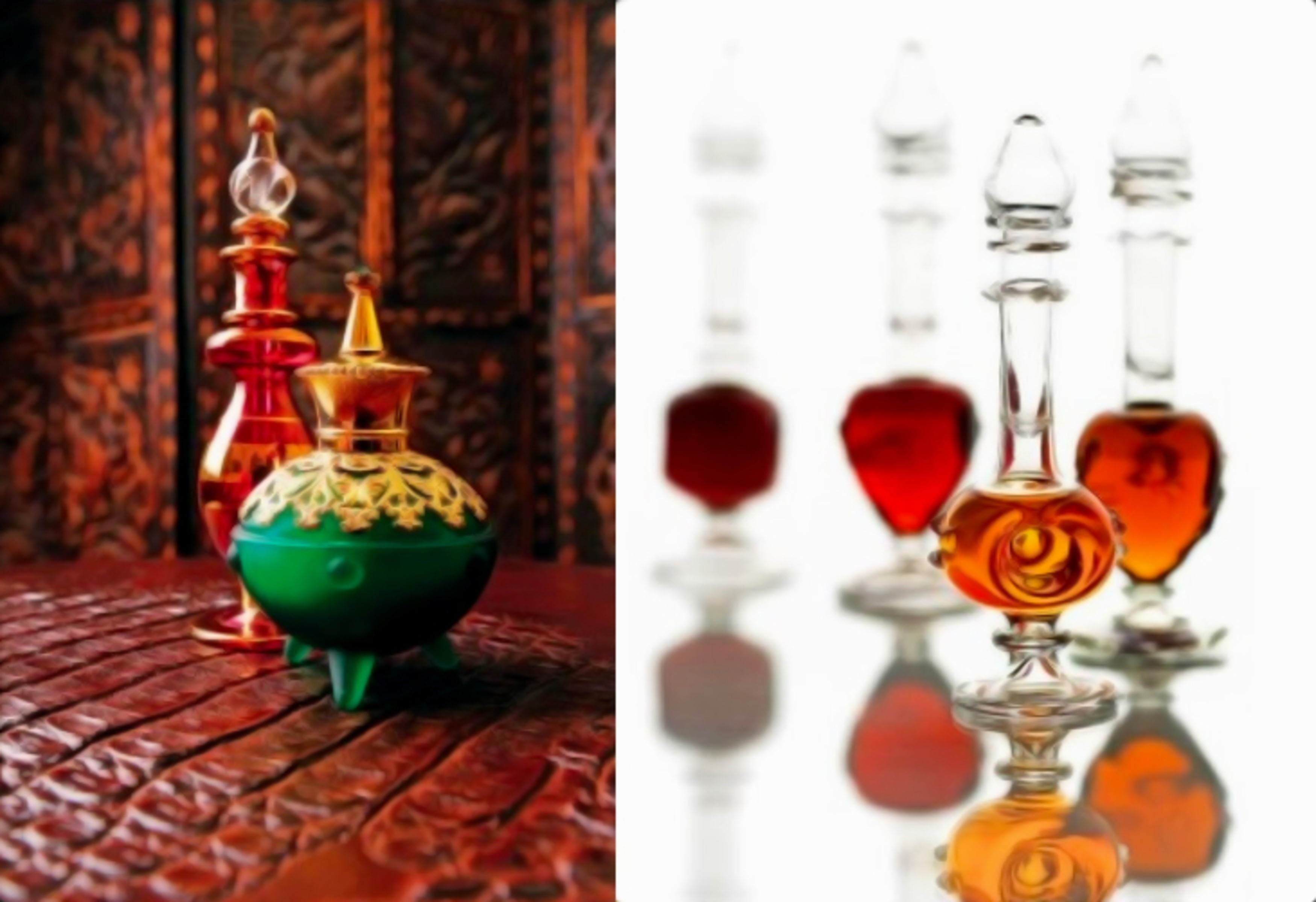
Attars (aka Ittars) or Personalised perfumes from Lucknow are among the most famous in the world, again thanks to the Nawabs, whose patronage helped the perfume industry flourish 200 years back. There are some families that have been into perfume business in the city since Nawabi days, a few of them having their secret manufacturing formula passed from one generation to another in their inner circles.
Traditionally, attars are single-note fragrances derived from botanical extracts. Various herbs were used in different proportions and boiled together in an intricate way to produce these attars (not so simple though). They were stored in leather flasks. Nowadays off course, different modern variations and milder versions are available. You may choose the traditional varieties, the modern ones or a mix of both. You can also choose your kind of fragrance — woody, floral, spicy or fruity and the manufacturers will add the ingredients to customize it as per your choice. However, you should have plenty of time at hand, because it takes time to get a fragrance right. Attars generally come in small to medium size pretty ornate bottles. They are excellent items to gift your family & friends.
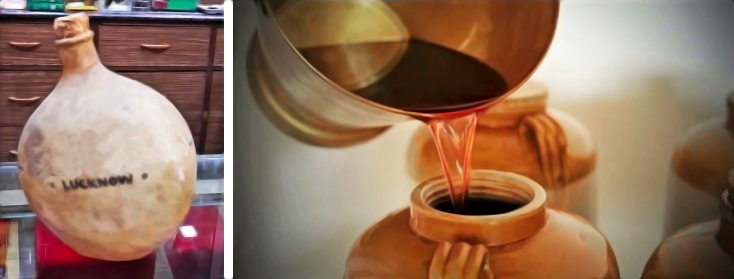
Sugandhco (one of the oldest attar shops) in Janpath Market area, Fragrantor’s Aroma in Aliganj area, Sugandh Vyapar in Hazratganj area are a few to mention among several shops where you can buy attar from. Prices of attars vary depending upon type, customization and how exotic you want it to be, the range can be INR 500 - 15000! There is some minimum quantity which you have to order for customized attars, which depends on the shop you want to buy it from.
Several tales of Nawabi era are associated with attars. The cotton that were used in the quilts of Awadhi royalty used to be swirled in the huge copper urns in which attar was made. Bottles of attar were used as gifts for the royal guests, alleys of palaces were sprinkled with attar before the arrival of a state guest. Nawab Wajid Ali Shah was known for formulating various attars on his own. A great patron of music & arts, the Nawab used to dance himself regularly. While dancing he used to sweat a lot and so, Hina Attar was specially created for him that became one of the world-famous products from Lucknow. It’s said that the preparation of this attar involves 65 herbs to be boiled together.
14. Do not miss the Lucknow Zoo
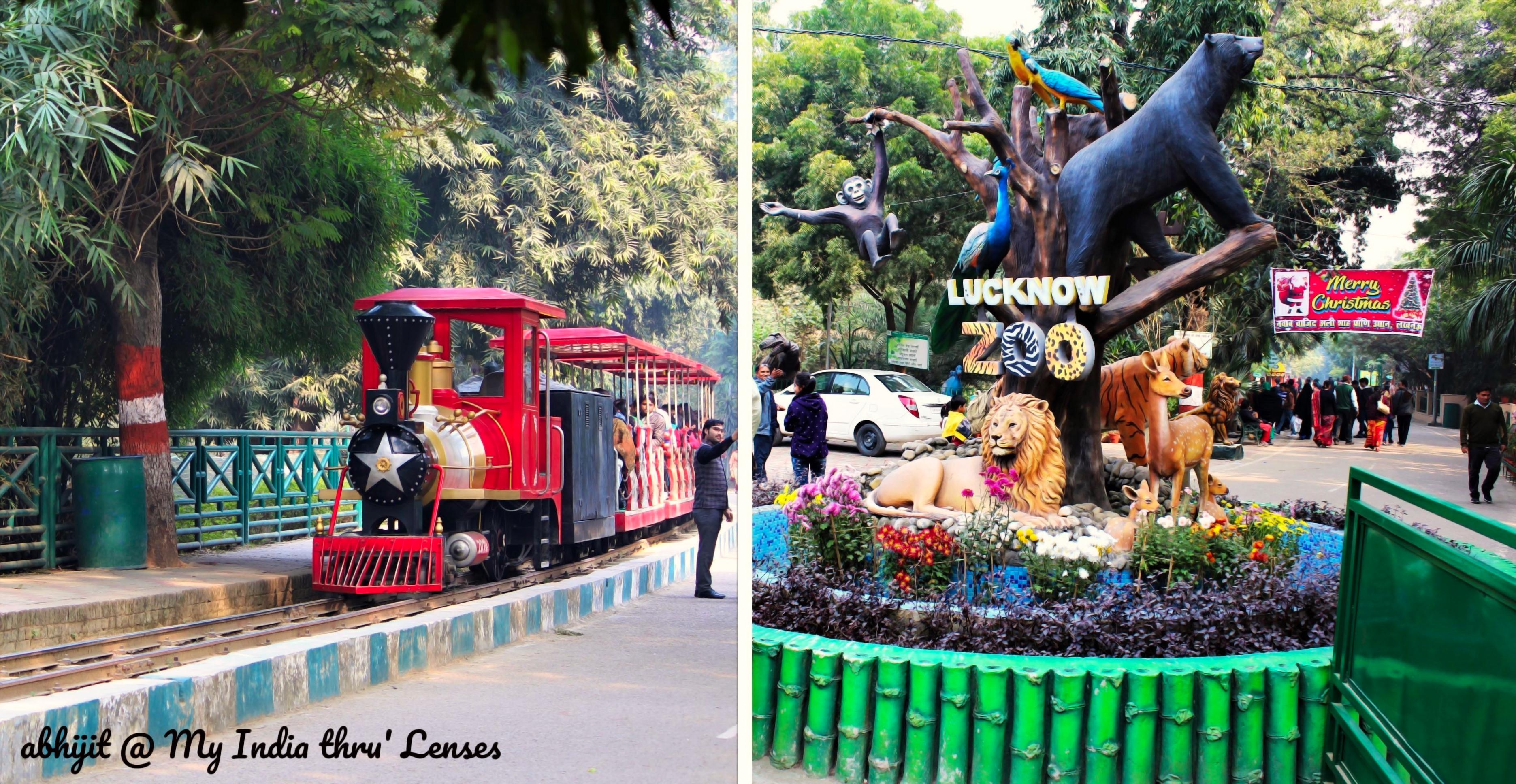
The Nawab Wajid Ali Shah Prani Udyan, popularly known as Lucknow Zoo, is a great place to visit with your kids. The zoo is sprawled across nearly 29 ha area in the heart of the city. It is home to around 1000 animals of more than 100 species. The zoo was established in 1921 to commemorate the visit of the Prince of Wales to Lucknow and thus it was earlier known as Prince of Wales Zoological Gardens. Among various other facilities the zoo has a toy train (Bal Rail) that runs across the zoo and paddle boating facilities that allow the visitors to recreate while visiting the animals. The visitors can also avail the facility of Pollution free Battery Vehicle for moving around the zoo.
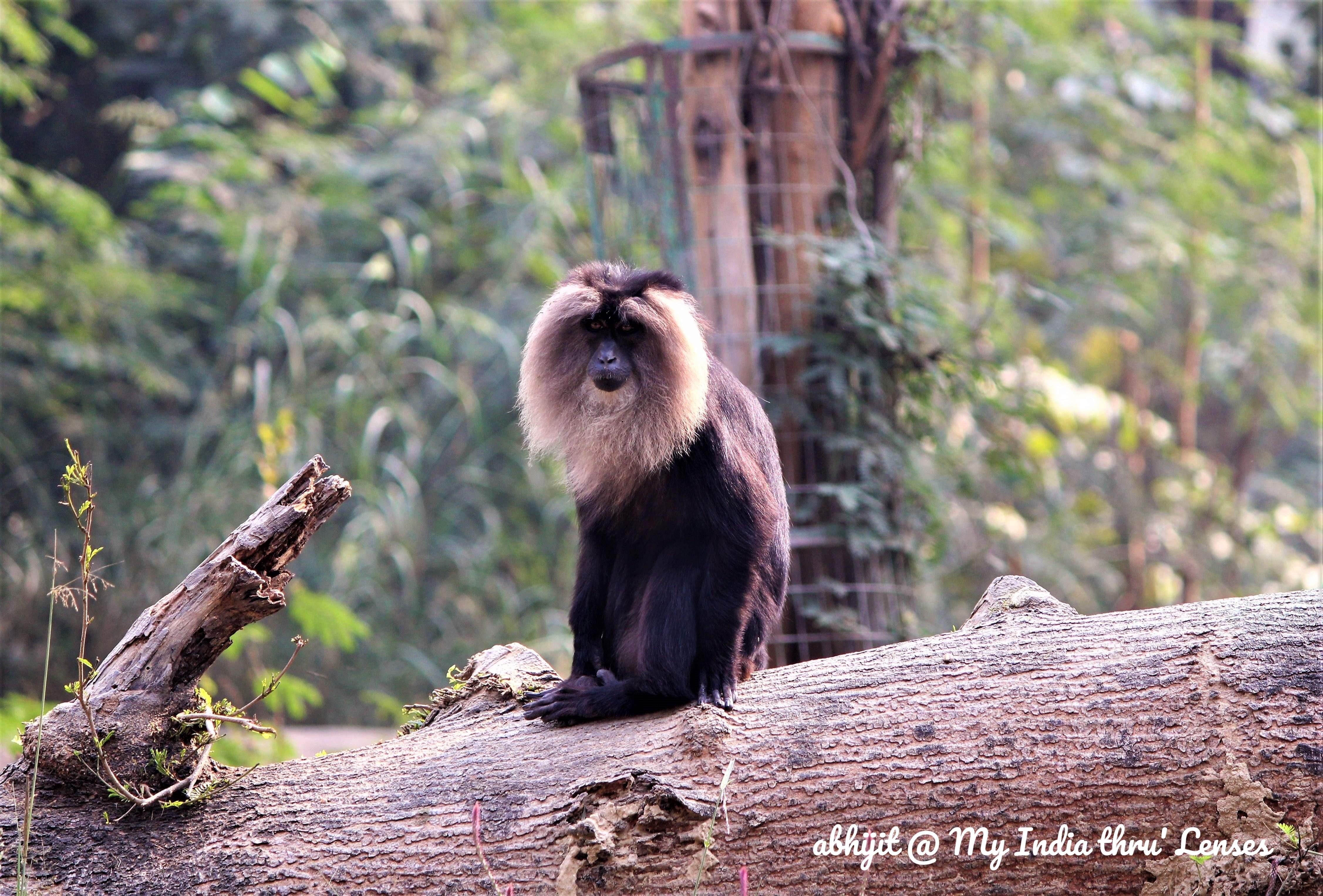
15. Visit the Jama Masjid
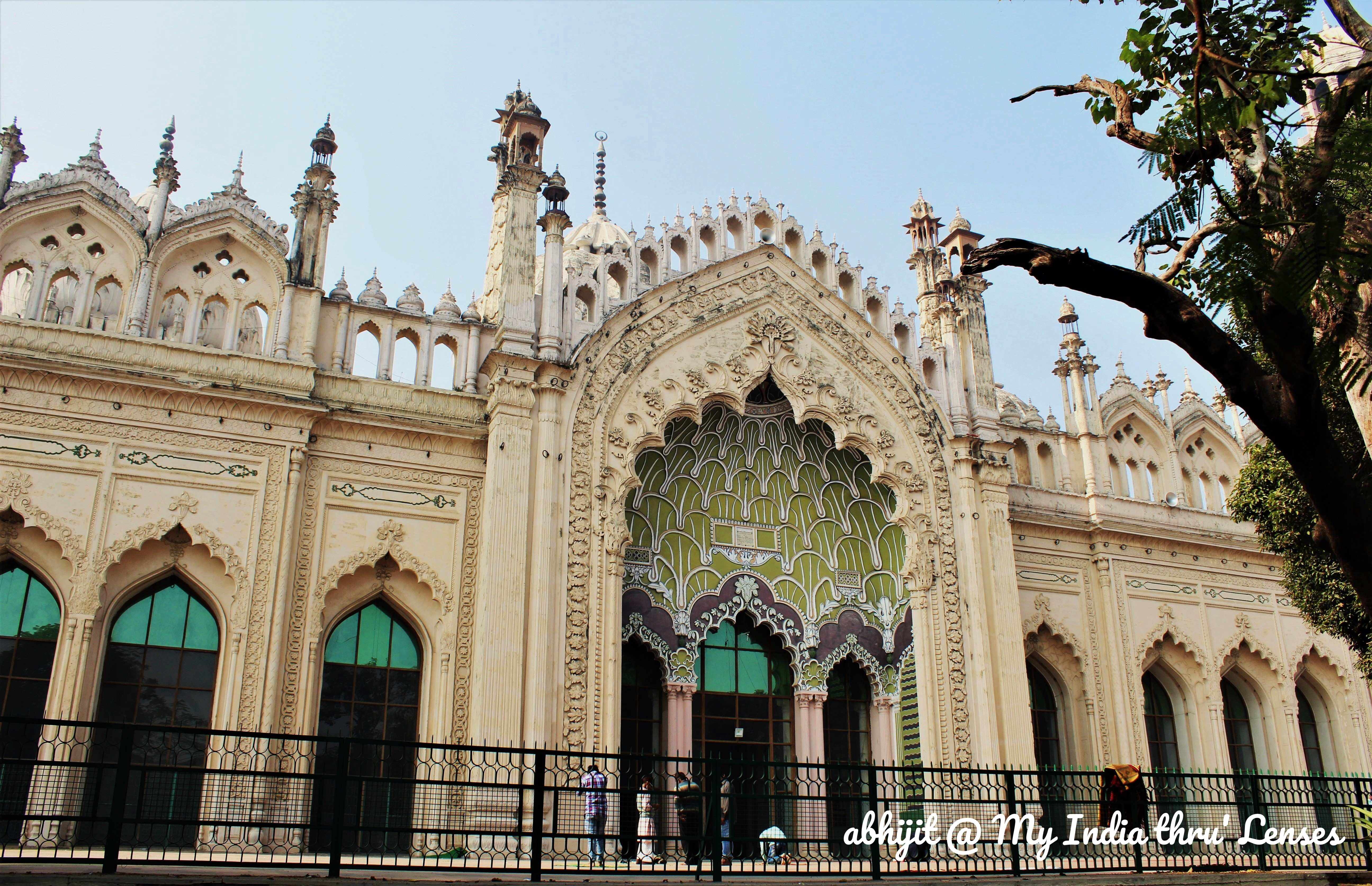
Lucknow’s Jama Masjid is one of the beautiful mosques in India. Constructed in 1423, the mosque has a blend of the Hindu and Muslim architecture. The courtyard occupies a vast area of 4950 sqm. There are 260 pillars that support 15 arched domes at different altitudes. The beautifully designed and intricately carved out architecture of the mosque is simply opulent and reflects aesthetic touch to the eyes.
16. Plan for a full day trip to Ayodhya
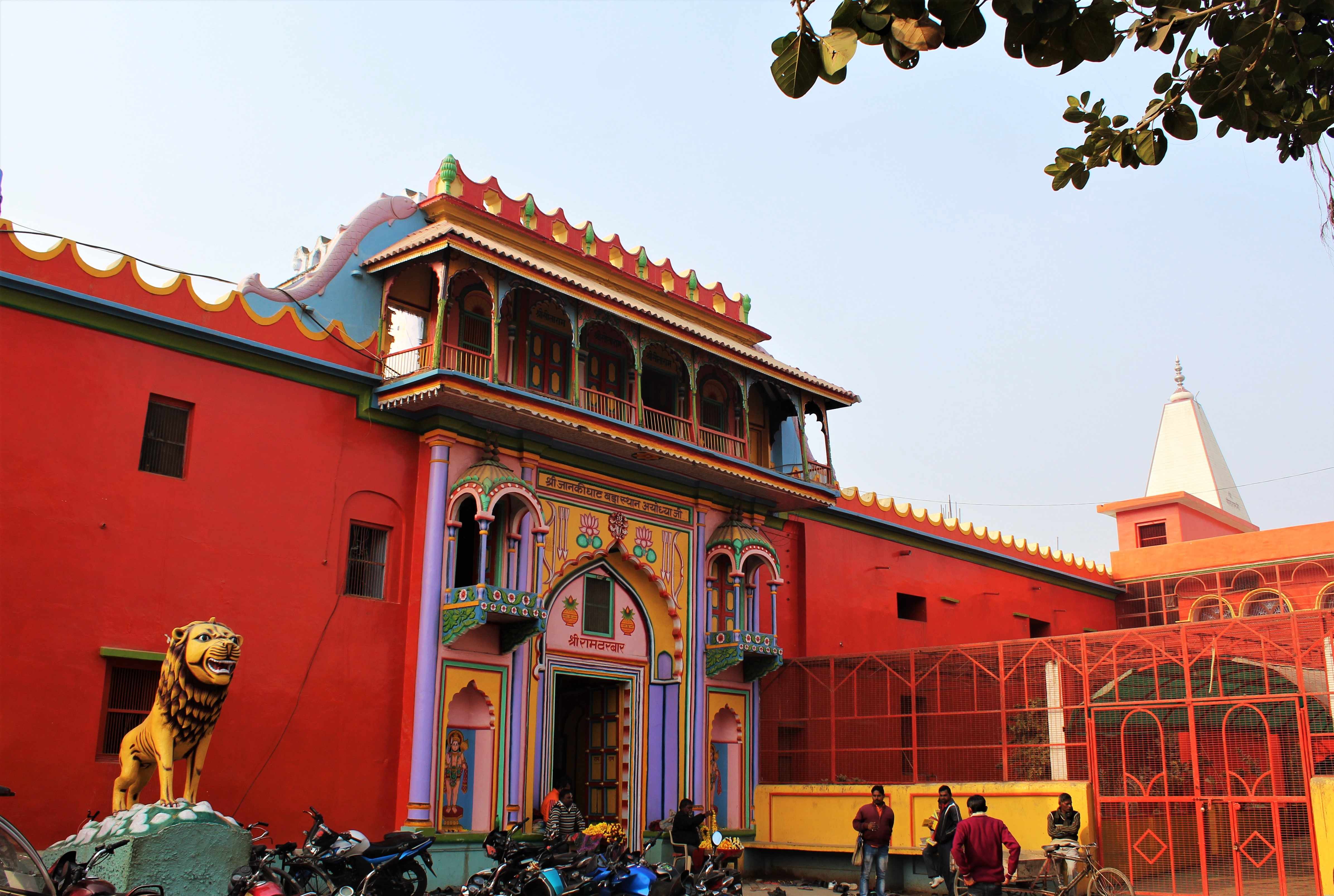
If you have an additional day, you can plan for a day trip to Ayodhya, which is 130 kms from Lucknow. We started from our hotel at 10.30 am hiring a cab from our hotel in Lucknow. Due to the foggy weather, it took us around 3.5 hrs and we reached Ayodhya by 2.00 pm. Ayodhya is an auspicious land to the Hindus as it's considered the birth place of Lord Rama. It took us around 2 hours to visit the shrine, the Sarayu river, the temples and other spots. The disputed Ram Janmabhumi/ Babri Masjid site is full of security where photography is not allowed. There are multiple restaurants on the way to Ayodhya, where you can have your lunch. We returned to Lucknow by 7.30 pm.
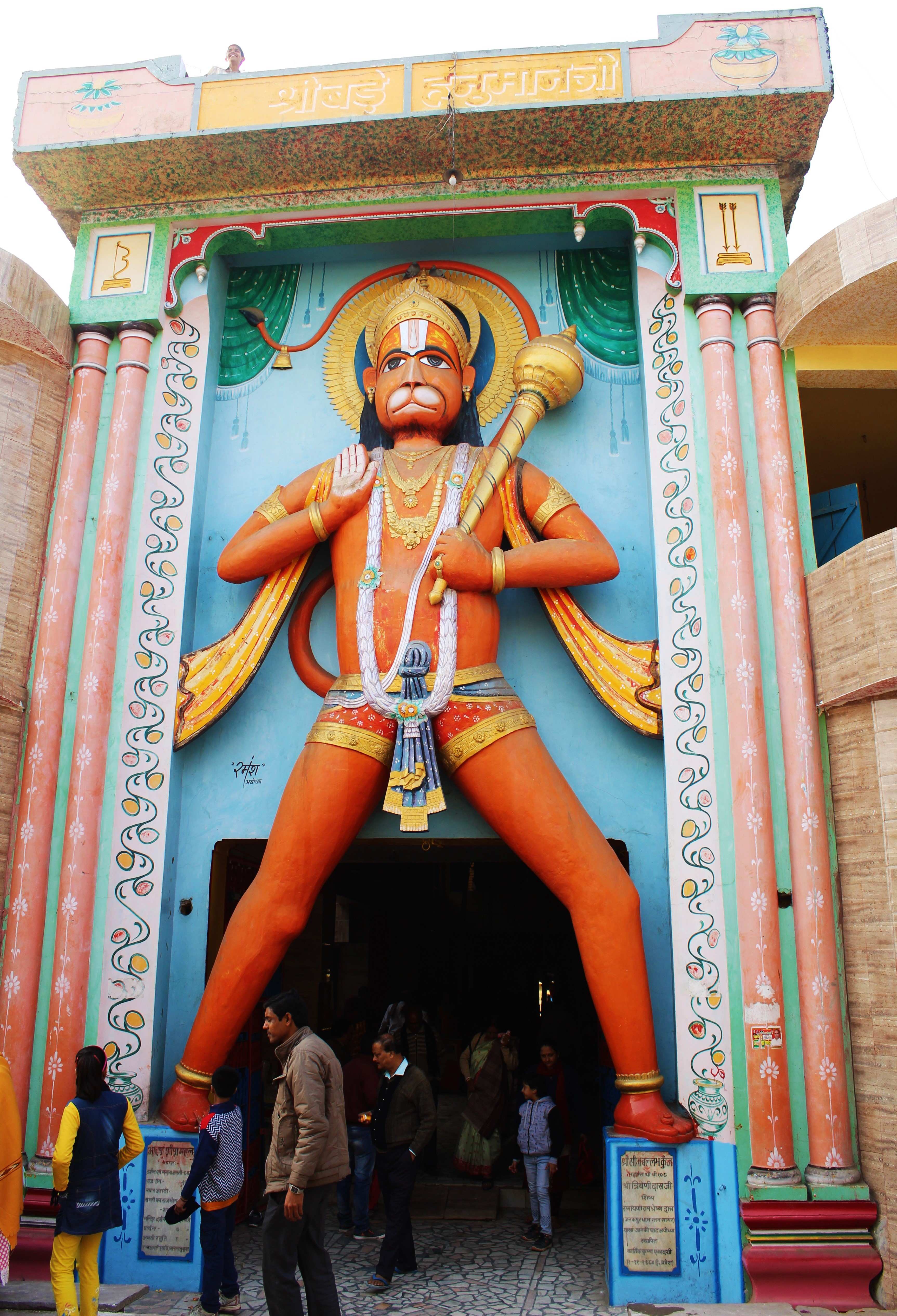
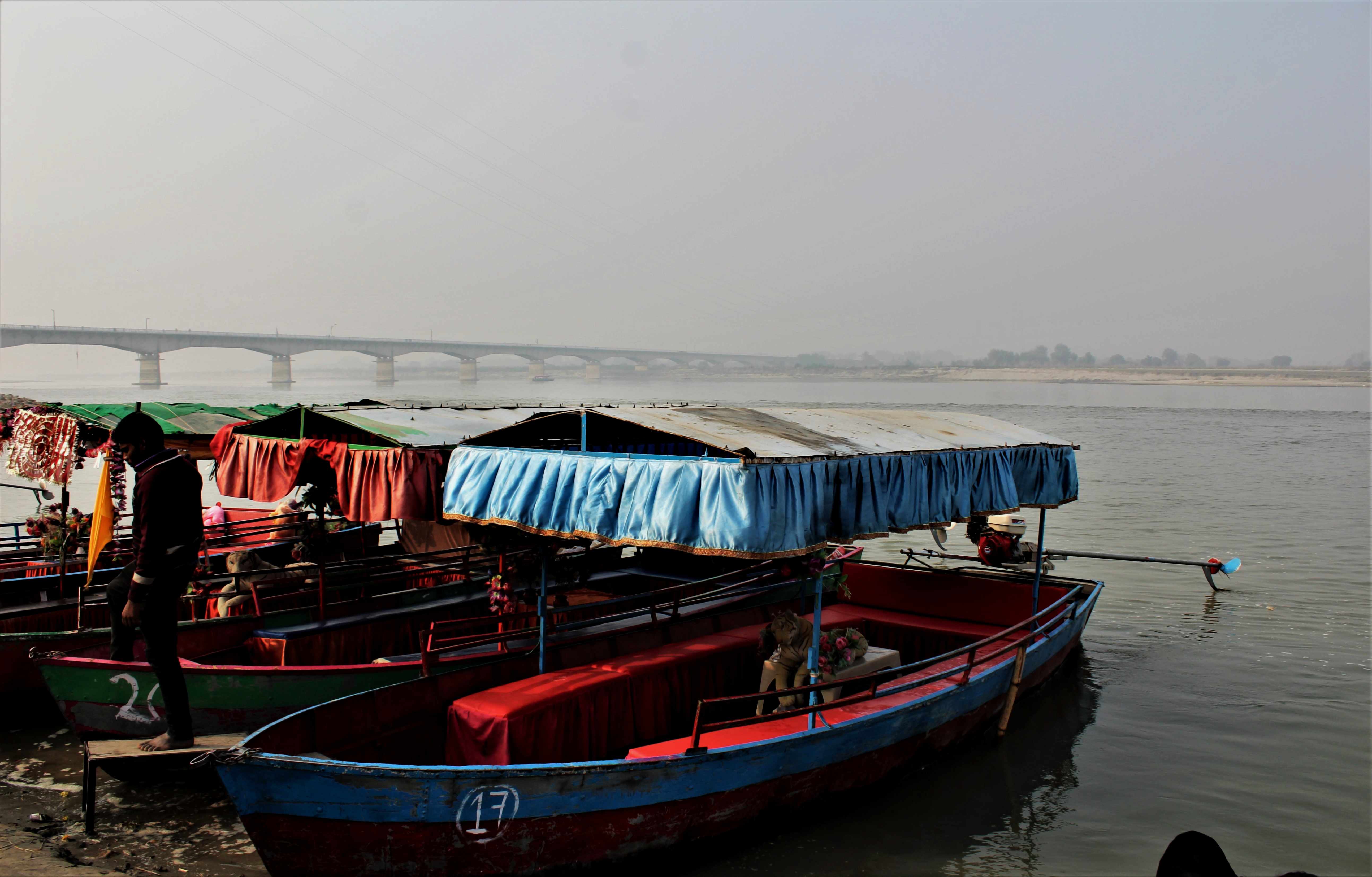
SUGGESTED ITINERARY
Two full days are enough to see all the places of Lucknow, however, if you want to have a feel of the city you should have at least 3 days in hand. I am providing our itinerary below, which you may use as a suggestion:
Day 1: We arrived at Lucknow Airport and checked in at our Hotel by 2 pm. Post lunch we visited the entire Bara Imambara Complex i.e. the Bara Imambara including the Bhool Bhulaiya, the Shahi Baoli and the Asafi Mosque. We also tasted Galouti Kabab from Tunday Kababi in our dinner.
Day 2: Chhota Imambara followed by Picture Gallery, Satkhanda, Clock Tower and Rumi Darwaza. In the second half we visited the Residency. We also did some shopping from the local shops.
Day 3: We made a day-trip to Ayodhya.
Day 4: Lucknow zoo followed by some Chikan studios to have some more shopping. Left Lucknow by evening flight.
INFORMATION FOR TOURISTS

LUCKNOW – SOME KNOWN & UNKNOWN FACTS
- Other than ‘City of Nawabs’ and ‘City of Tehzeeb’, Lucknow has been given various other names such as, ‘Constantinople of India’, ‘Shiraz-i-Hind’ and ‘Golden City of the East’.
- Lucknow has highest Shia Muslim population in India.
- Bada Mangal is a festival dedicated to Lord Hanuman is one of its kind since it is celebrated only in Lucknow. The celebration happens only on first and last Tuesday of Jyestha month, as in Hindu calendar. To attend this festival people from across the country come here to be a part of this festival.
- Lucknow Mahotsava is a popular festival of art and culture in the calendar of Lucknow events that is held annually to promote the city’s art and culture at international levels.
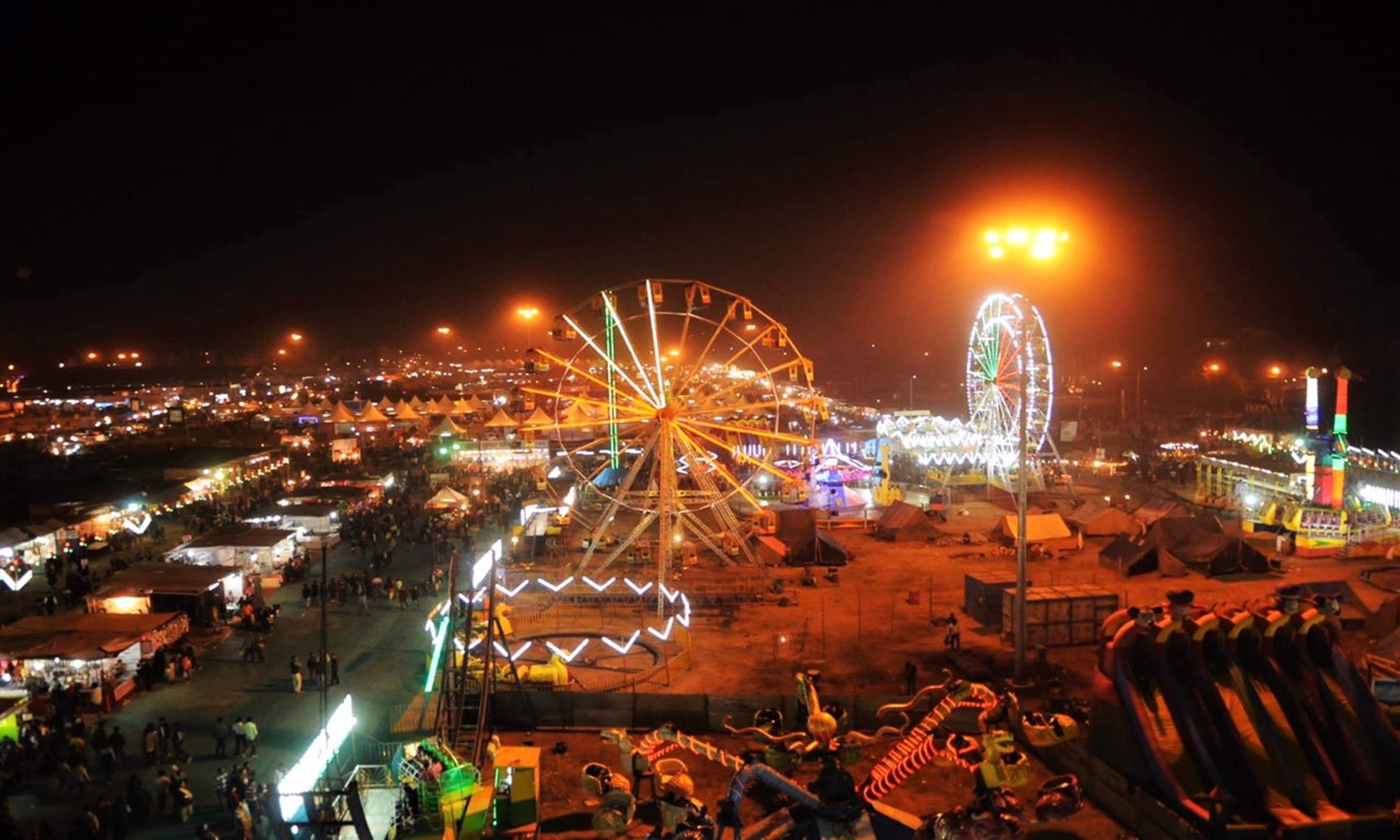
- Janeshwar Mishra Park: It is considered to be the tenth largest park in Asia, which was built in the memory of Late politician of Samajwadi Party Janeshwar Mishra. It is located in the prime area of Gomti Nagar. The serene and beautiful park inspired by the Hyde Park in London.
- Lucknow is a gourmet’s delight, especially if you are a non-vegetarian. Other than Galouti Kabab, there are several varieties of kababs, sheermal, kebab paratha, tokri chaat, kormas, biriyani and many more.
- Lucknow has been the cradle of Kathak, one of the classical Indian dance forms. Kathak gained popularity under patronage of Wajid Ali Shah. Also, Lucknow is home to Begum Akhtar, an eminent Ghazal singer. The city is the birthplace of a few great Indian musicians: Naushad, Talat Mahmood and Anup Jalota. Legendary Urdu poet Kaifi Azmi and Kathak exponent Birju Maharaj also belong to Lucknow.
- Lucknow has been the subject of some famous movies since long. The rich history & culture of the City have been portrayed in several films. Shatranj Ke Khilari (The Chess Players), a 1977 Hindi film directed by Satyajit Ray, was set on the backdrop of the Great Mutiny of 1857 when the British were about to annex the state of Awadh. Contemporary Lucknow has been portrayed exceptionally in the movie. It was based on one of the greatest short stories of Munshi Premchand.

Amjad Khan played the role of Nawab Wajid Ali - an extravagant but sympathetic figure, an artist & a poet but incapable to effectively defend the British. Parallel to this wider drama is the tale of two rich noblemen, Mirza Sajjad Ali and Mir Roshan Ali who were passionately obsessed with the game of Shatranj (Chess), grossly detached from the political upheavals. Ray's message in the film was that the detachment of India's ruling classes assisted a small number of British officials and soldiers to take over Awadh (and many other states in India) without opposition. An all-time classic to watch.
The movie Umrao Jaan (1981 & 2005), based on 1905 Urdu novel with same name, is also a story on the backdrop of mid-19th century Lucknow.

At the end, we must say that Lucknow has been a favourable destination for historians, photographers, artists, gourmets or any common traveller. It has always been a writer’s delight – history, arts, culture, food, travel, politics – whatsoever genre, the City has food for thought for all. If you have never visited, you must try your LUCK NOW! Long back, Wajid Ali Shah, full of pain, sang
“Jab chhod chale Lucknow Nagari, tab haal Adam par kya guzri…”
He was right. You can leave Lucknow, but Lucknow never leaves you.
Photographs, unless otherwise credited, are self captured.
Other posts on Lucknow:
The British Residency & Siege of Lucknow
Galouti Kabab: The Melt-in-mouth Delicacy of Lucknow